Now I can write the comprehensive article covering all these distinct ideas while maintaining the specified word counts and structure.Concrete block fences offer an impressive combination of durability, versatility, and aesthetic appeal for modern property owners. These robust barriers provide excellent privacy, security, and noise reduction while requiring minimal maintenance over decades of use. From traditional solid designs to contemporary decorative patterns, concrete block fencing adapts to various architectural styles and functional requirements. Whether seeking enhanced curb appeal, effective sound barriers, or long-lasting boundary solutions, concrete blocks deliver superior performance through innovative construction techniques and diverse design possibilities that transform ordinary perimeters into stunning landscape features.
1. Traditional Solid Concrete Block Fence
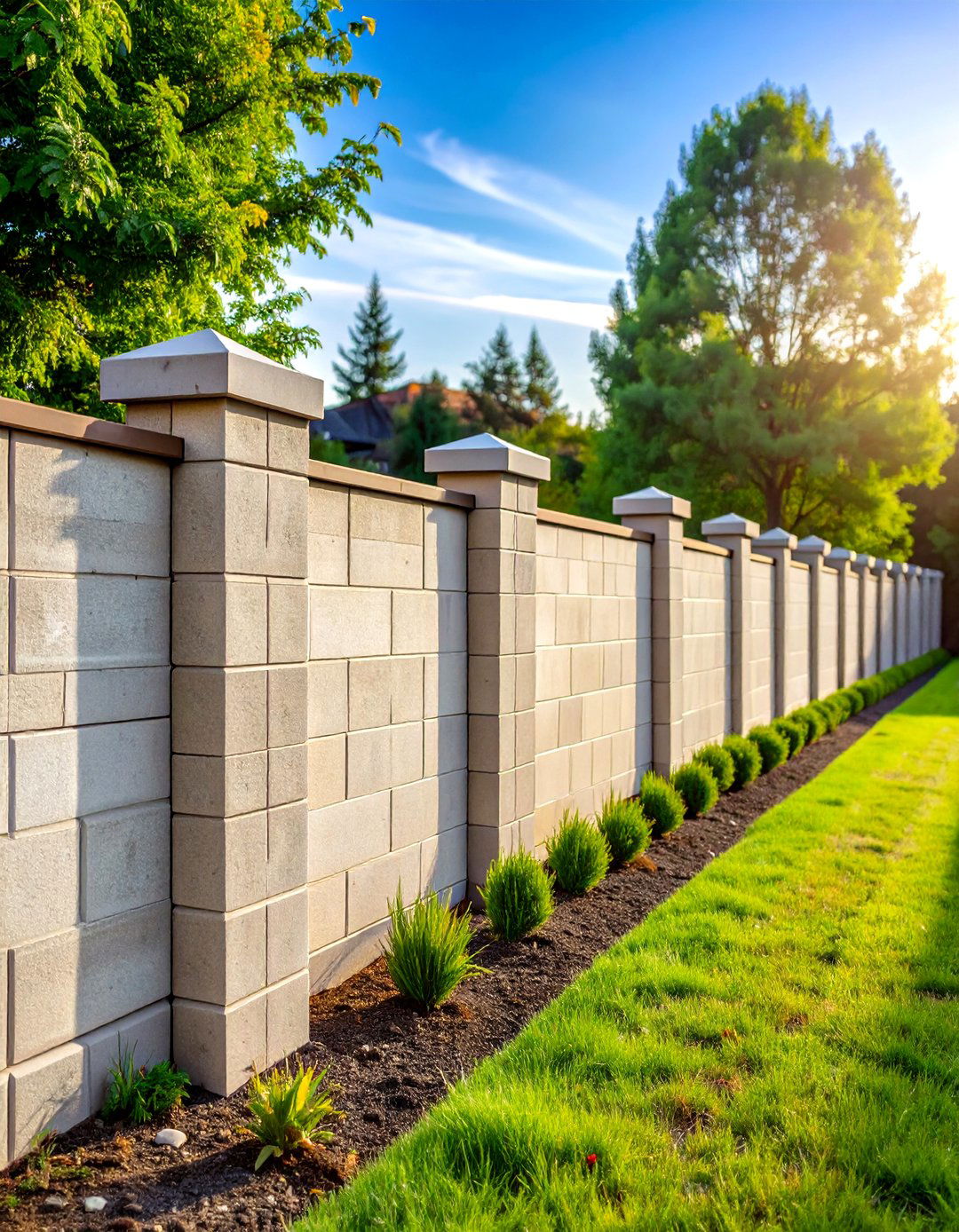
Traditional solid concrete block fences represent the foundation of masonry barrier construction, utilizing standard concrete masonry units stacked with mortar joints to create impenetrable privacy screens. These fences typically feature consistent block dimensions and straight-line construction that provides maximum security and wind resistance. The solid construction requires proper footings and reinforcement to handle lateral loads, making them ideal for perimeter security applications. Installation involves careful attention to mortar consistency and joint alignment to ensure structural integrity. The uniform appearance complements modern architectural styles while offering exceptional longevity with minimal upkeep requirements. These fences excel in urban environments where privacy and security take precedence over decorative elements.
2. Decorative Breeze Block Concrete Fence

Breeze block walls feature decorative concrete blocks with intricate cutout patterns that were popular in mid-century modern architecture during the 1950s, 1960s, and 1970s. These lightweight, non-structural blocks create stunning visual interest through geometric openings that allow airflow while maintaining privacy boundaries. The blocks come in numerous designs adding texture and pattern to outdoor spaces, making them perfect for warmer climates where ventilation is essential. Modern interpretations include updated patterns and colors that complement contemporary landscape designs. Installation requires precise alignment to maintain pattern continuity across fence sections. The interplay of light and shadow through decorative openings creates dynamic visual effects throughout the day, transforming utilitarian barriers into artistic architectural features.
3. Slump Block Concrete Fence
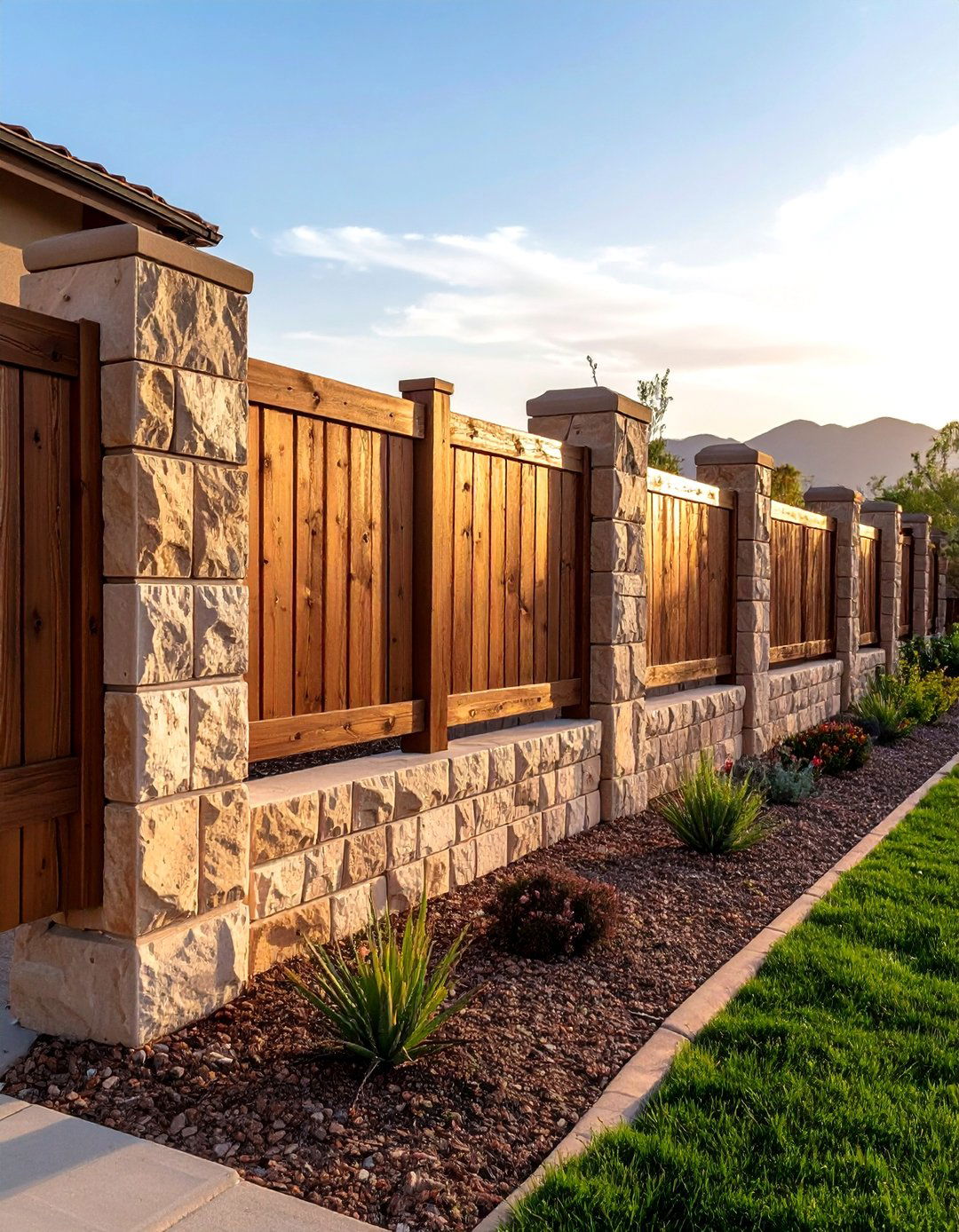
Slump blocks are intentionally distorted during manufacturing to simulate the appearance of old adobe bricks, creating rustic, rounded appearances through wetter concrete mixtures subjected to additional compression upon mold ejection. This distortion process produces organic, handcrafted aesthetics that contrast sharply with precision-manufactured blocks. The irregular surfaces and varied textures provide natural visual interest while maintaining structural integrity. Installation accommodates the unique dimensions of each distorted block, requiring skilled craftsmanship to achieve proper alignment. These blocks typically use nominal sizing that accommodates standard half-inch mortar joints. The weathered appearance complements southwestern architectural styles and desert landscapes, offering timeless appeal that improves with age as natural patina develops across exposed surfaces.
4. Split-Face Textured Concrete Block Fence
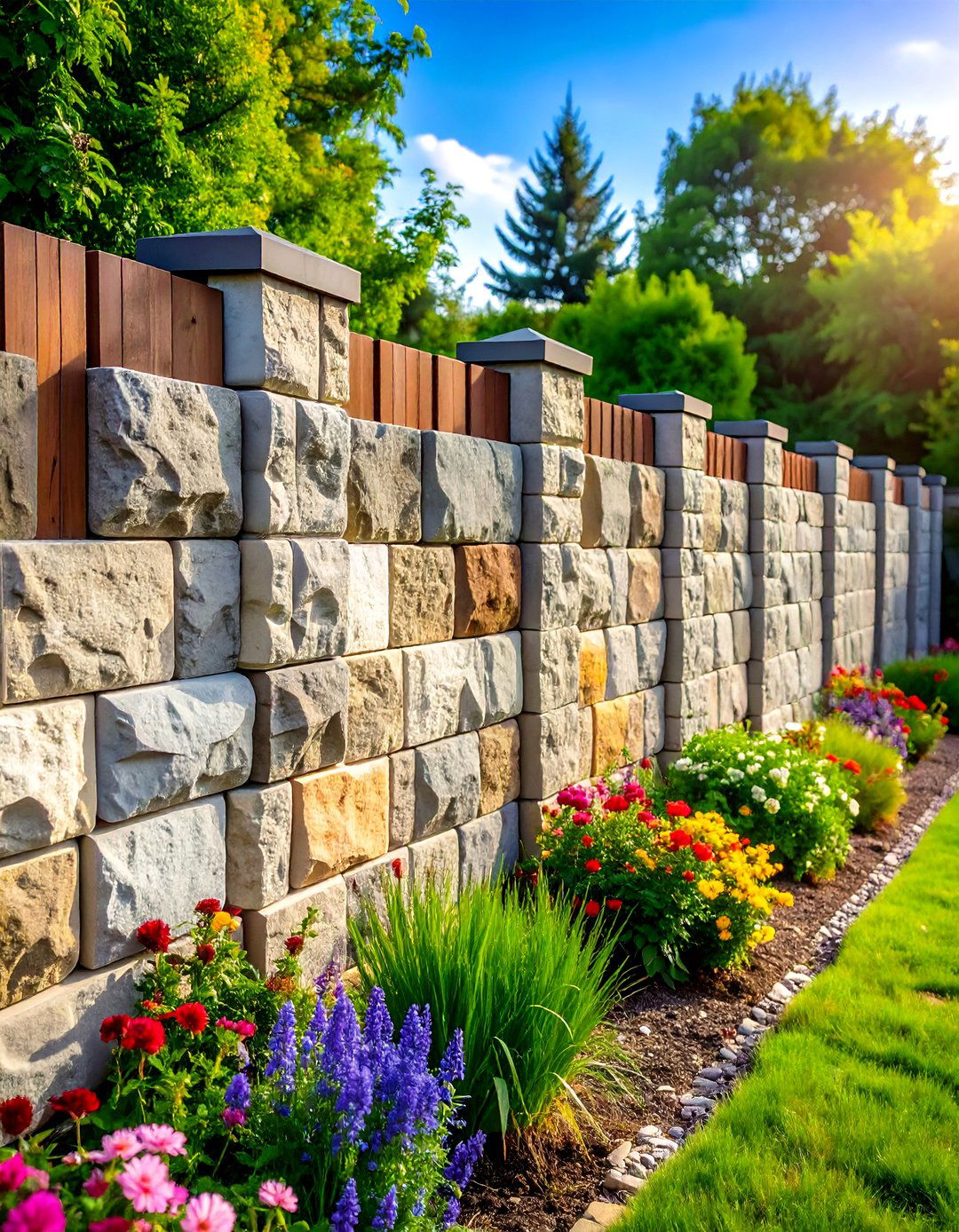
Split-face retaining wall blocks feature sharp framed splitface textures ideal for creating smart contemporary lines. These blocks undergo manufacturing processes that fracture one face, revealing aggregate and creating natural stone-like textures. The split surface provides enhanced visual appeal compared to smooth-faced alternatives while maintaining structural performance characteristics. Each block displays unique texture patterns, ensuring no two fence sections appear identical. Installation requires attention to texture orientation and joint placement to optimize visual continuity. The rough surfaces catch light differently throughout the day, creating depth and dimensionality that enhances landscape integration. These fences pair exceptionally well with modern architectural designs seeking natural material aesthetics without natural stone costs.
5. Interlocking Modular Concrete Block Fence
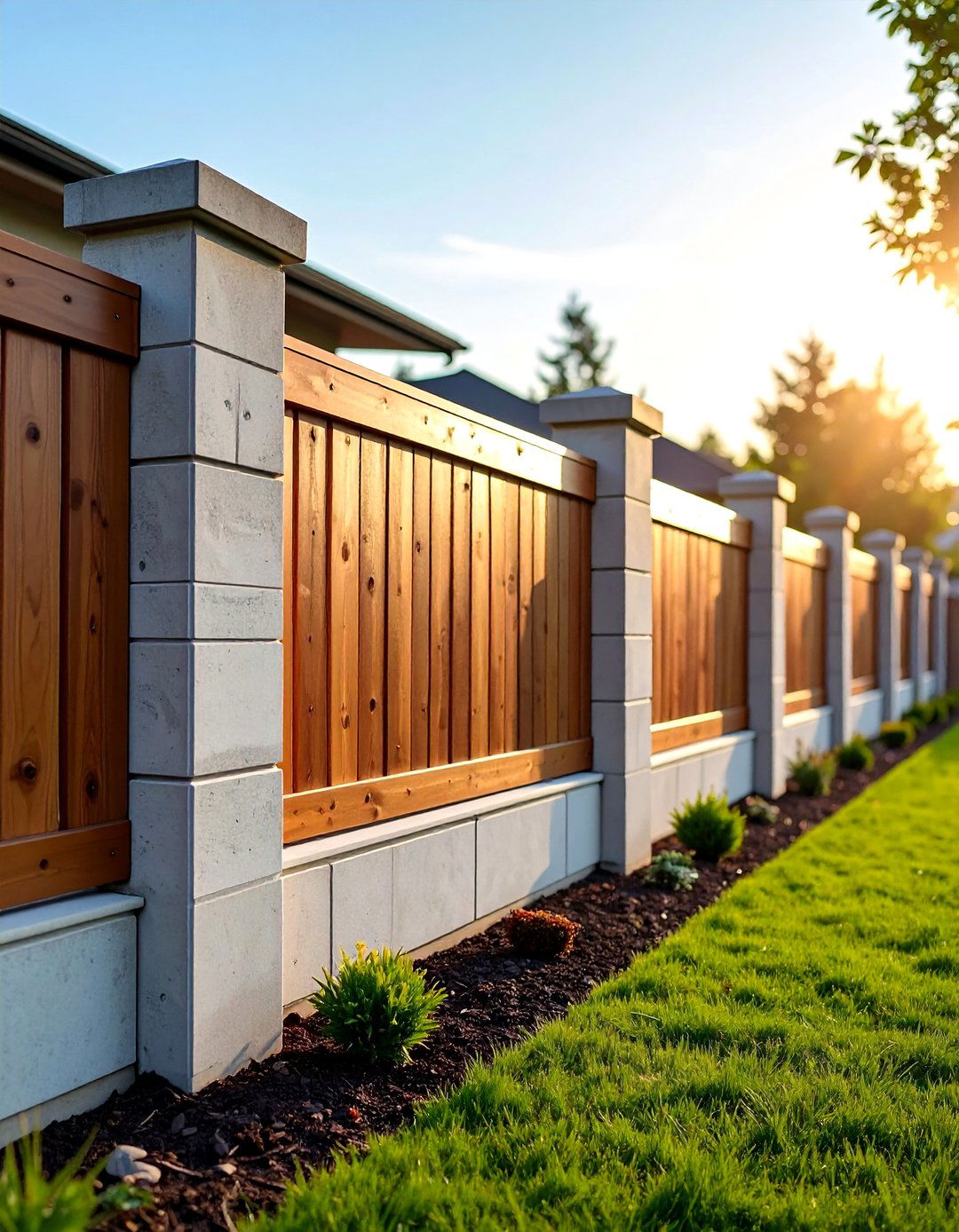
The AB Fence System features panels that slide into posts while maintaining independent movement flexibility, eliminating frost limit construction requirements and reducing installation costs. These modular systems utilize precision-engineered connections that simplify assembly while ensuring structural stability. The advantage over traditional concrete systems lies in the panel flexibility that accommodates ground movement without structural compromise. Each component fits together seamlessly, creating uniform fence lines with professional appearance. Installation requires careful post placement to accommodate panel dimensions without unnecessary block cutting. The modular approach enables easy repair or replacement of individual sections. These systems offer excellent wind resistance characteristics while streamlining construction timelines for large-scale projects.
6. Sound Barrier Concrete Block Fence
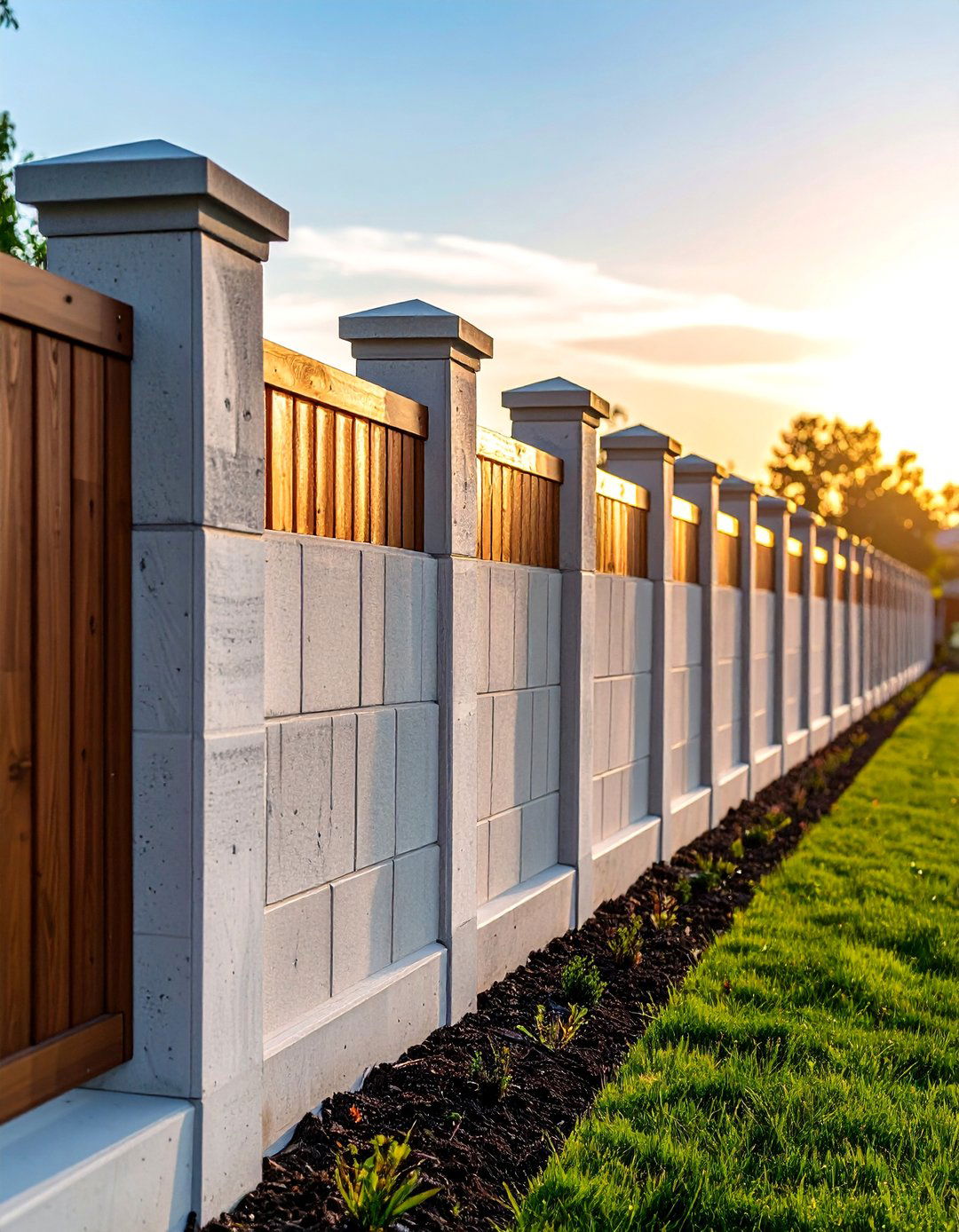
Concrete masonry sound barriers provide noise transmission loss two times greater than wood fences, making them ideal for highway noise abatement and industrial noise control applications. Sound engineers recognize that noise transfers through voids like water, requiring sealed joints and cracks for effective noise minimization. These specialized fences utilize dense concrete construction that blocks sound wave transmission while reflecting unwanted noise away from protected areas. Testing indicates concrete block fences can achieve 13-decibel noise reduction, far exceeding minimum requirements. Installation demands precise construction techniques to eliminate gaps that compromise acoustic performance. The substantial mass and continuous construction create effective barriers against transportation and industrial noise sources while providing additional privacy and security benefits for residential and commercial properties.
7. Retaining Wall Combined Concrete Block Fence
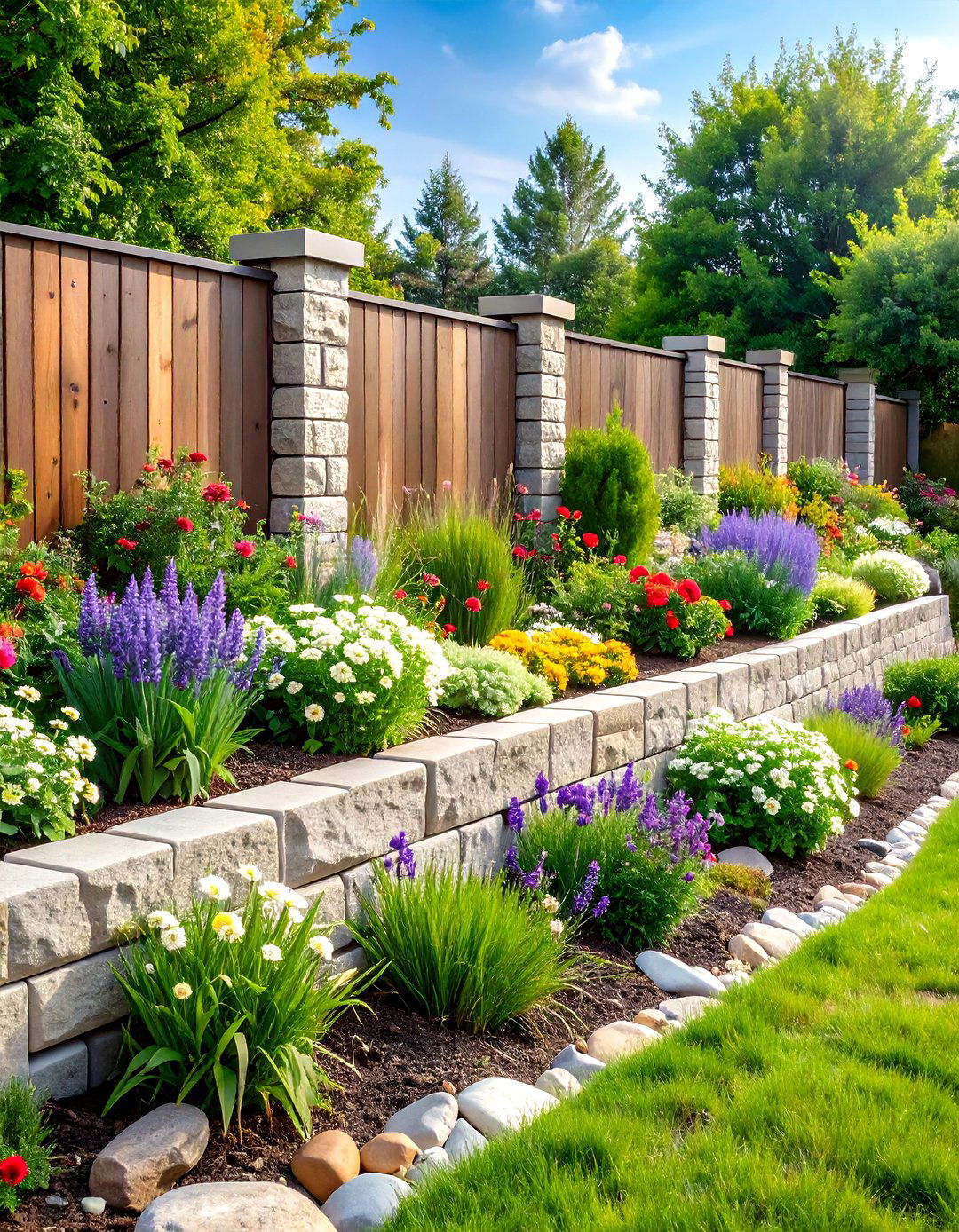
Concrete masonry fences can be designed as cantilevered walls supported by continuous footings or as walls spanning between pilasters supported by footing pads. These dual-purpose structures address grade changes while providing boundary definition and privacy screening. The retaining capability enables terraced landscaping and slope stabilization alongside traditional fencing functions. These systems accommodate dramatic grade changes and can be engineered for soil retention applications. Installation requires comprehensive structural engineering to handle soil pressures and water drainage considerations. Proper drainage systems prevent hydrostatic pressure buildup that could compromise structural integrity. These fences maximize property utilization by creating usable flat areas from sloped terrain while establishing attractive property boundaries.
8. Mixed Material Concrete Block Fence

Combining elements such as wood, metal, or glass with concrete blocks creates appealing interplay of textures and finishes, generating dynamic and stylish barriers that blend industrial strength with softer details. These hybrid designs capitalize on concrete's structural advantages while incorporating complementary materials for enhanced aesthetic appeal. Wood panels soften the industrial appearance while metal accents add contemporary sophistication. Half and half fences commonly use stronger materials like concrete for bottom sections with lighter decorative materials above. Installation requires coordination between different material systems and compatible fastening methods. The material contrast creates visual interest while enabling cost optimization through strategic material placement. These designs offer unlimited creative possibilities for property owners seeking unique fence solutions.
9. Painted and Stained Concrete Block Fence
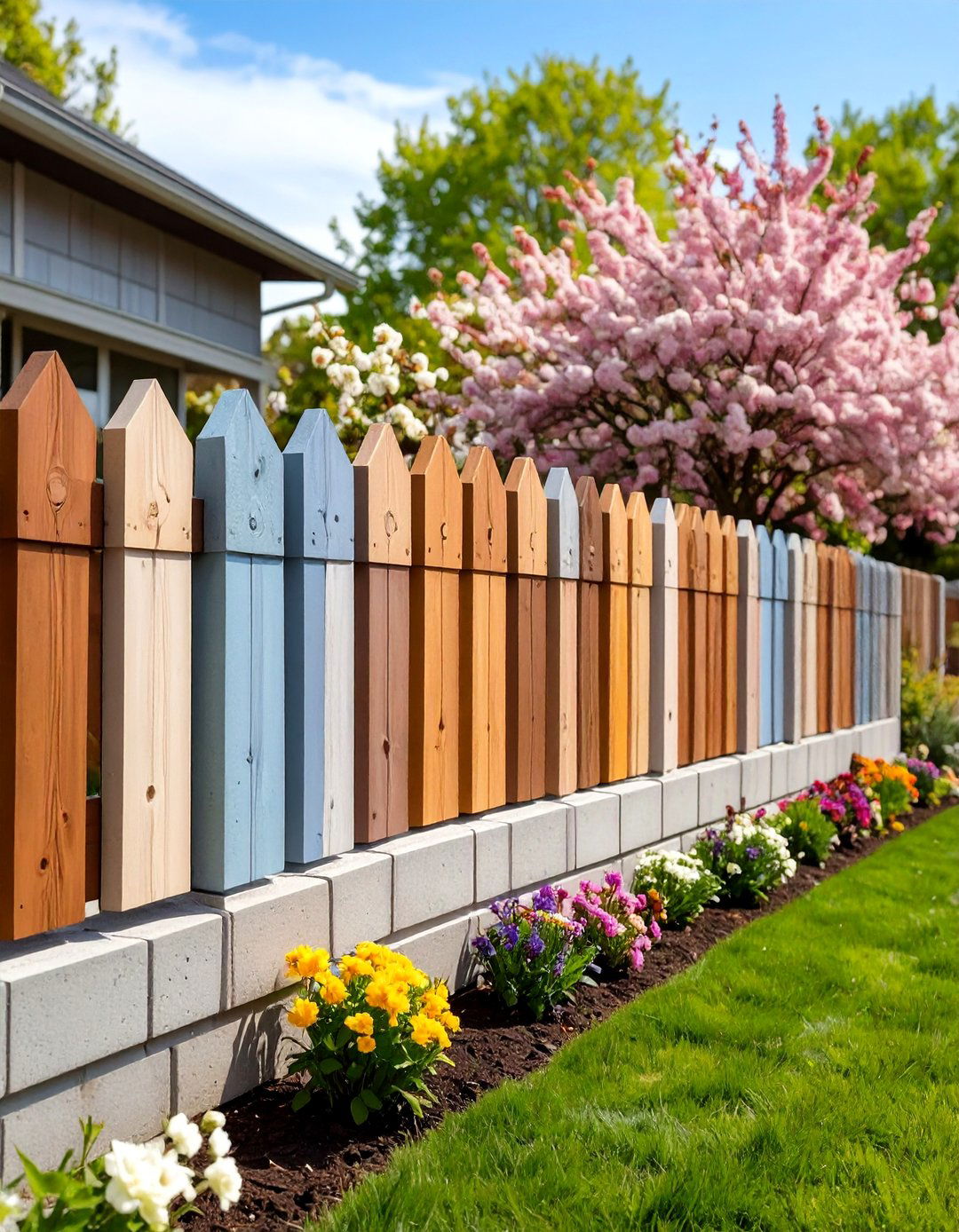
Decorative paint finishes elevate block fence aesthetic appeal through bold colors or subtle pastels that completely redefine fence appearance using weather-resistant paints for longevity. Staining and painting transform plain concrete surfaces into vibrant design elements that complement landscape themes. Color application can emphasize texture patterns or create smooth contemporary finishes depending on desired aesthetic outcomes. Intricate patterns or murals add personal touches that transform fences into storytelling canvases. Surface preparation ensures proper paint adhesion and long-term color retention. Regular maintenance preserves color vibrancy against weather exposure. These customization options enable property owners to match existing architectural color schemes or create bold accent features that enhance curb appeal through creative color applications.
10. Geometric Patterned Concrete Block Fence
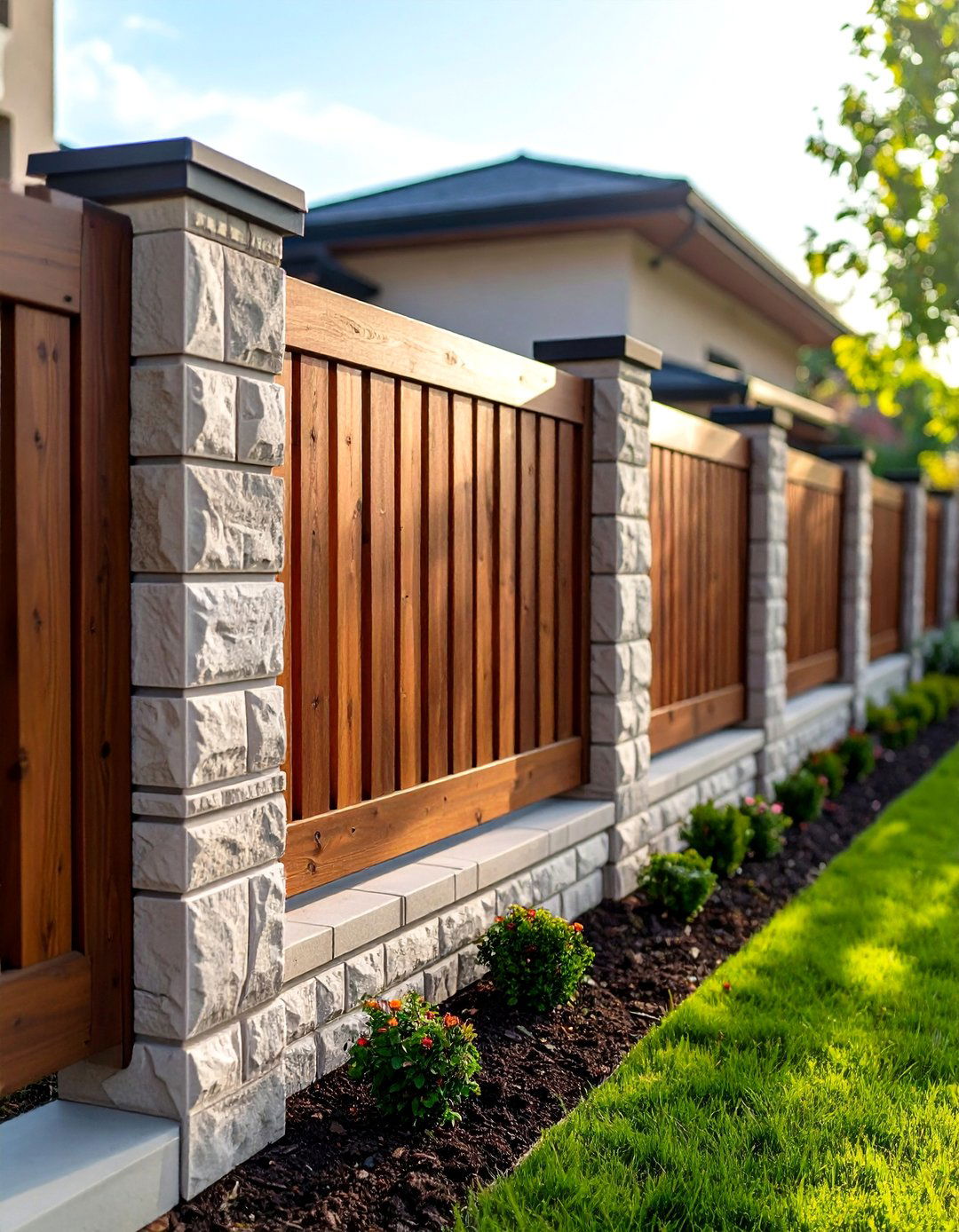
Dynamic interplay of shapes and angles makes concrete block fences canvases for geometric expression through precise block placements forming captivating patterns that add modern touches. These designs challenge traditional fence layouts through intentional pattern creation using various block sizes and orientations. Patterned fence panels resemble hand-laid stone walls and require higher detail levels and craftsmanship compared to standard panels. Mathematical precision guides block placement to achieve consistent pattern repetition across fence sections. Installation demands careful planning to maintain pattern integrity around corners and openings. The geometric patterns create visual rhythm that transforms utilitarian barriers into architectural features. These fences serve as outdoor art installations that demonstrate creative concrete applications.
11. Curved Concrete Block Fence
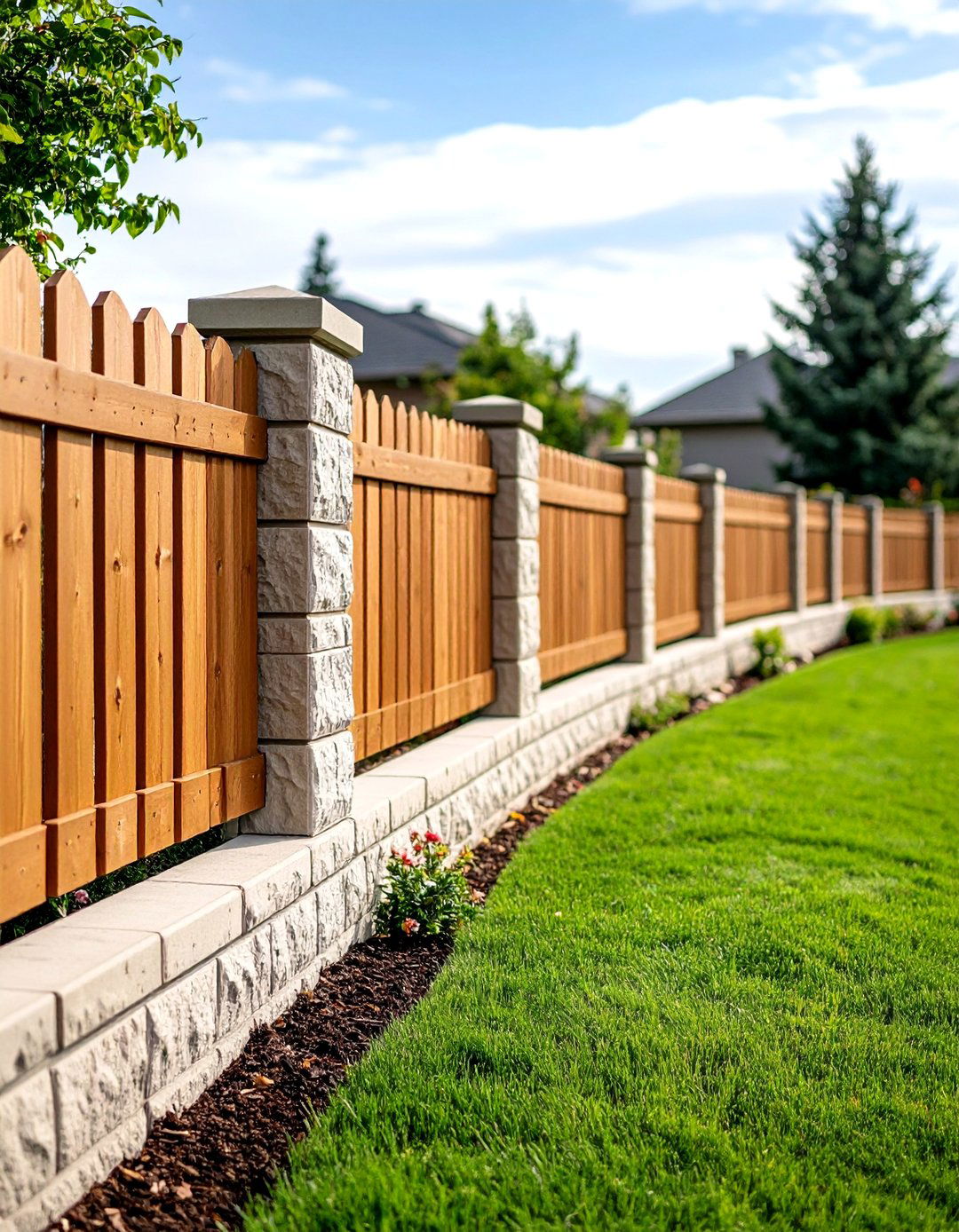
The AB Fence system allows creation of flowing curves and adjustment for grade changes while maintaining the framed look created by beveled block edges. Curved fence construction requires specialized planning and cutting techniques to achieve smooth radius transitions. Curved walls use wooden templates cut to specified radius for periodic checking of smoothness and uniformity. The graceful lines soften property boundaries while maintaining structural integrity through proper foundation design. Installation involves precise calculation of block cutting angles and joint spacing to prevent pattern distortion. Curved fences complement organic landscape designs and provide elegant solutions for irregular property lines. The flowing geometry creates sophisticated boundaries that enhance architectural integration while providing standard security and privacy functions.
12. Stepped and Terraced Concrete Block Fence
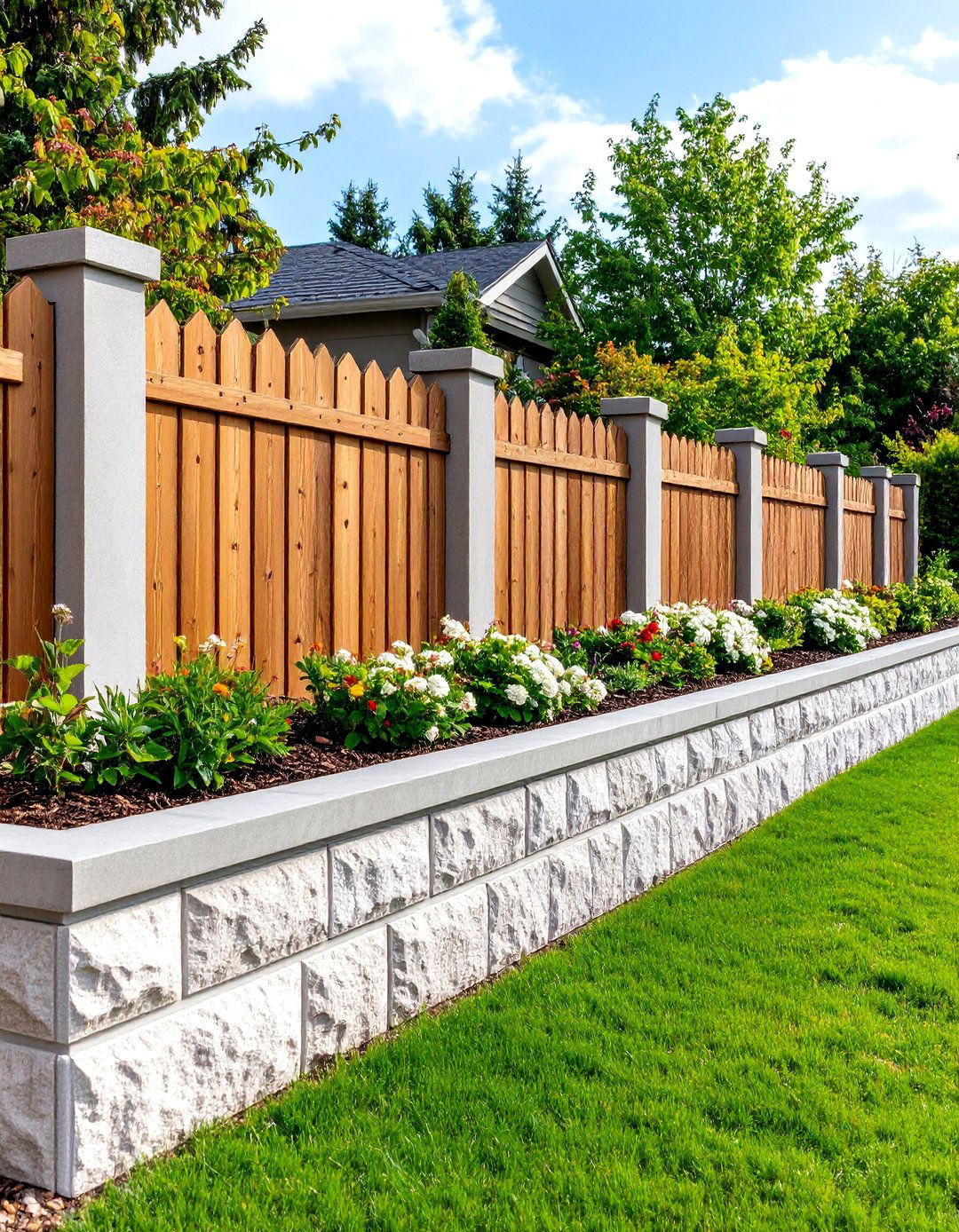
Stepped concrete block fences accommodate sloping terrain through graduated height transitions that follow natural grade contours. These designs enable consistent fence functionality across uneven topography without excessive excavation or grading requirements. Each step requires proper foundation support to prevent settling or movement over time. The terraced approach creates interesting visual rhythm while maintaining practical fence heights for privacy and security. Installation involves careful calculation of step locations and heights to achieve balanced proportions. Drainage considerations prevent water accumulation behind stepped sections. These fences maximize slope utilization while providing effective barriers that integrate naturally with existing landscape contours rather than fighting against natural terrain features.
13. Concrete Block Fence with Integrated Planters
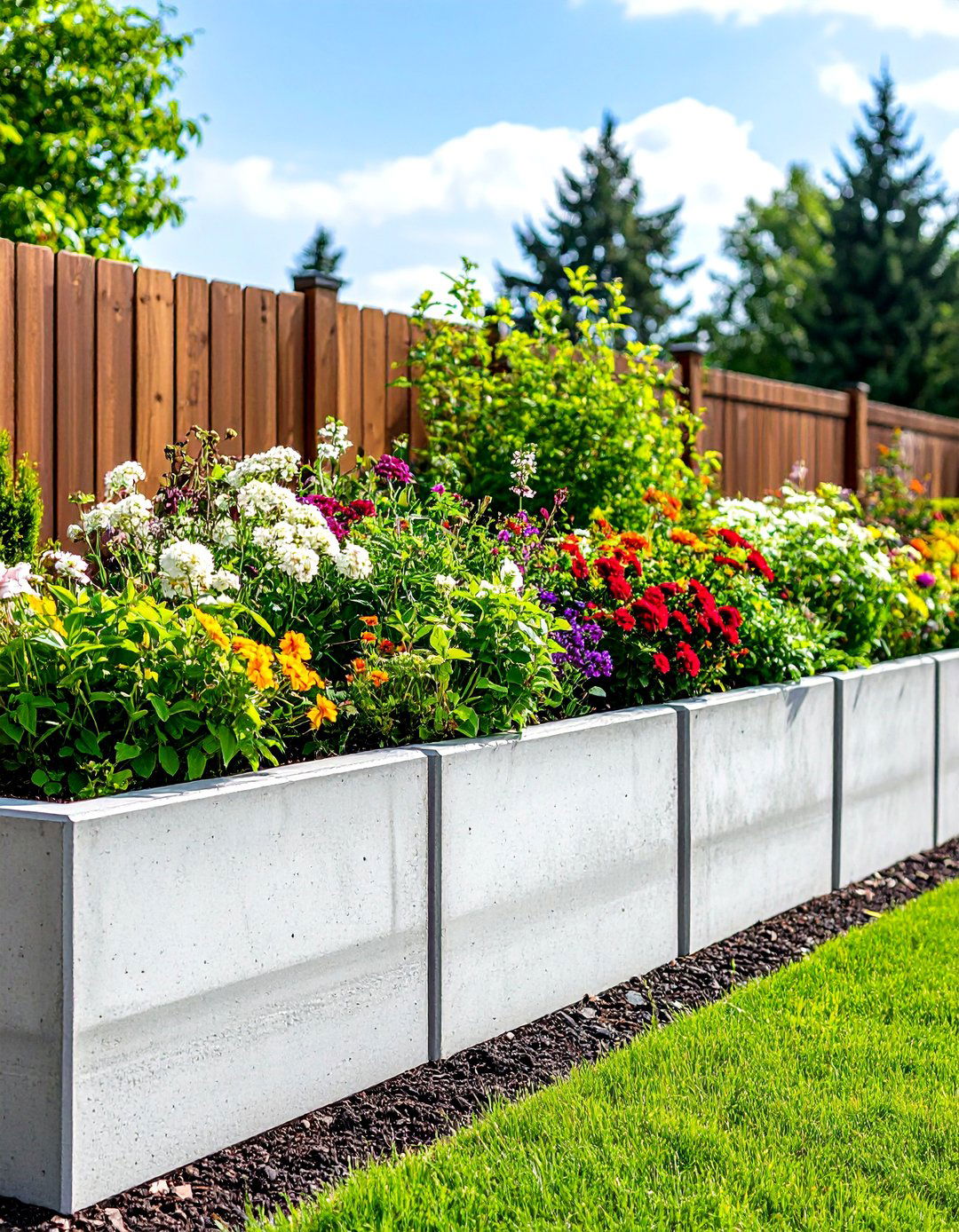
Green integration accents invite nature to take center stage by incorporating planters or modular green walls directly within fence structures, with fresh vines or flowers softening industrial looks. These living fences combine structural concrete benefits with natural softening elements that promote environmental benefits. Integrated planters require proper drainage systems and root barrier protection to prevent structural damage. Urban garden wall concepts embed greenery and decorative planters within concrete block fences to forge natural oases amidst cityscapes. Plant selection considers mature sizes, root systems, and maintenance requirements for long-term success. The combination creates dynamic seasonal changes while maintaining permanent structural boundaries. These eco-friendly designs improve air quality and provide habitat opportunities while delivering traditional fence functions.
14. Ashlar Blend Patterned Concrete Block Fence
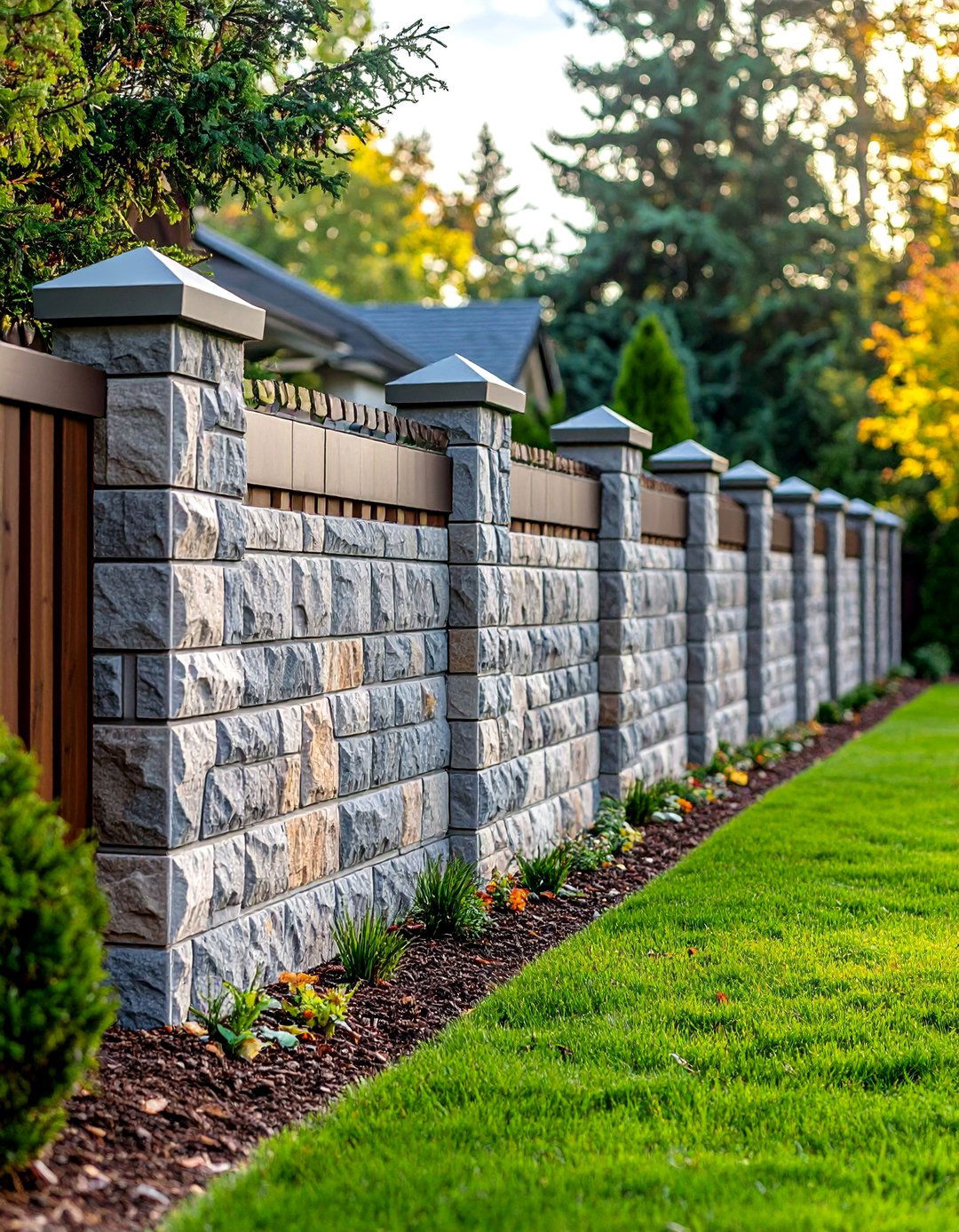
Ashlar Blend patterns can be created into fence panels with different block sizes, textures, or colors to achieve sophisticated stone wall appearances. This traditional masonry pattern uses varied rectangular blocks arranged in non-repeating sequences that mimic natural stone construction techniques. The random yet ordered arrangement creates visual interest without overwhelming pattern complexity. Installation requires careful planning to maintain proper ashlar proportions while ensuring structural integrity. Multiple block sizes and colors enhance the natural stone appearance while maintaining concrete durability advantages. These patterns can be flipped or reversed to maintain randomness across fence sections. The sophisticated appearance elevates property values while providing long-lasting boundary solutions that complement traditional and contemporary architectural styles.
15. Cantilever Concrete Block Fence
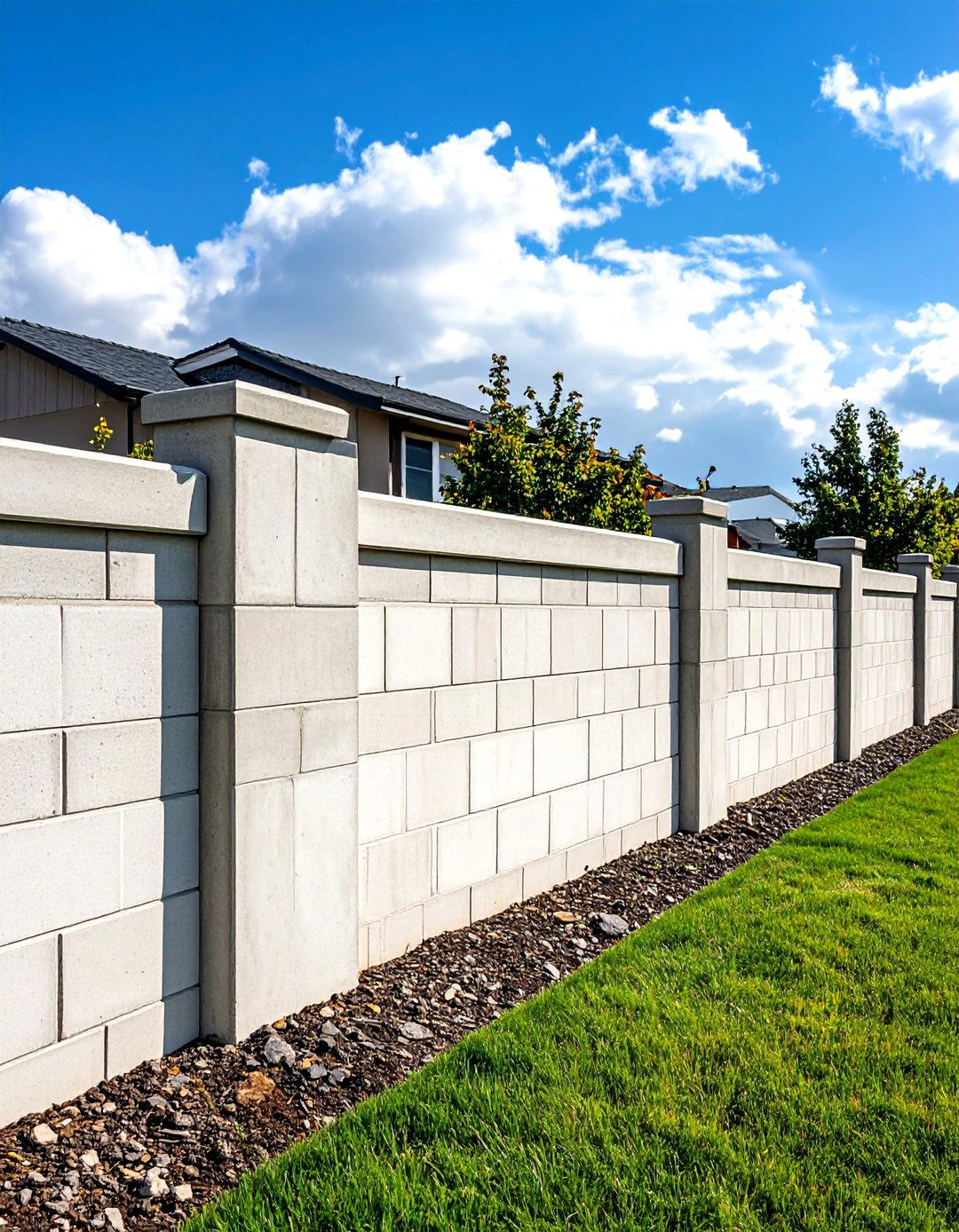
Cantilevered concrete block fences rely on continuous footings to resist overturning and sliding from lateral loads, with dowels extending from footings into walls for stress transfer. These structurally independent fences require no additional support systems beyond proper foundation design. Wall thickness and vertical reinforcement requirements depend on lateral load conditions ranging from 15 to 25 pounds per square foot. The self-supporting design enables fence construction in areas where post installation is impractical or impossible. Engineering calculations determine appropriate footing dimensions and reinforcement schedules for specific wind and seismic conditions. Reinforcement assumes return corners at fence ends with lengths equal to exposed heights. These fences provide maximum structural independence while maintaining design flexibility for various applications.
16. Pilaster and Panel Concrete Block Fence
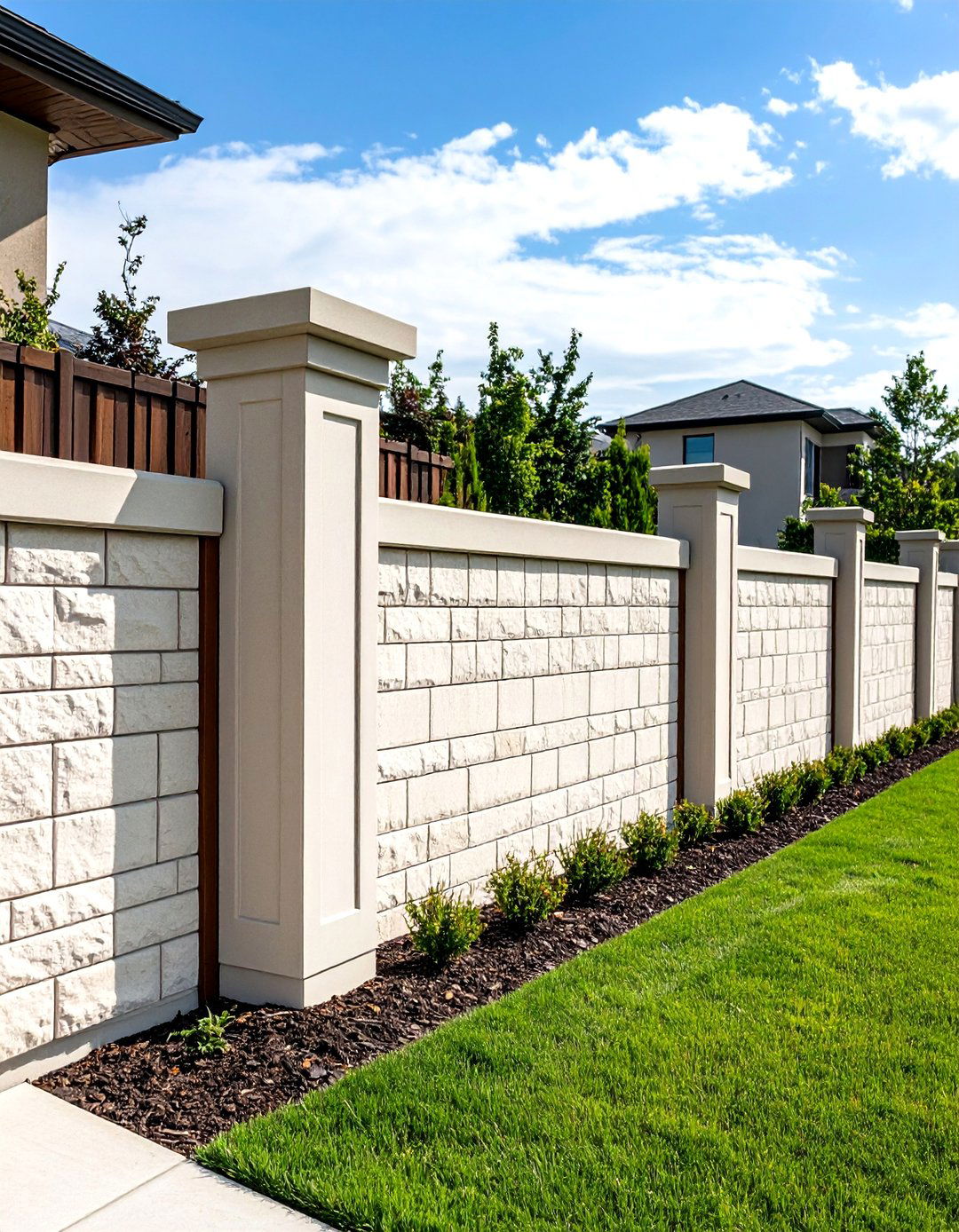
Pilaster and panel fence construction spans walls between pilasters that provide structural support through footing pads or caisson foundations. This traditional masonry approach uses thickened vertical elements at regular intervals to support thinner wall panels spanning between supports. The pilaster design enables longer fence spans with reduced material usage compared to cantilever alternatives. Decorative opportunities include varied pilaster caps, panel textures, and architectural details that enhance visual appeal. Installation requires precise pilaster placement and proper panel connections to ensure structural continuity. The rhythm of pilasters creates architectural interest while providing logical locations for gates, lighting, or decorative elements. These fences offer excellent structural efficiency for long fence runs while maintaining design sophistication.
17. Cobogó-Style Decorative Concrete Block Fence
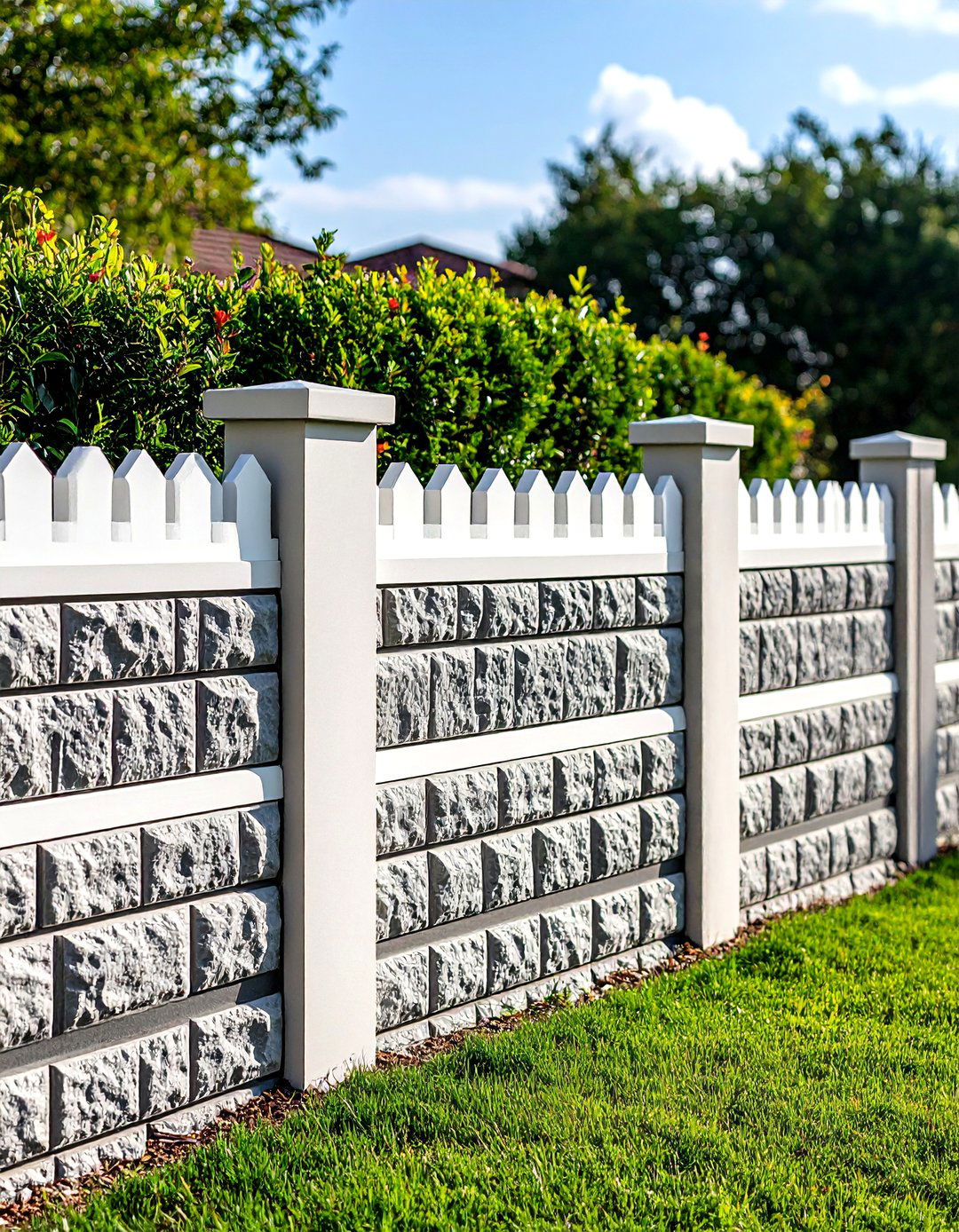
Cobogó designs are reinterpreted into minimalist and urban versions featuring simple geometric patterns executed in concrete with gray and white colors. These Brazilian-inspired decorative blocks create sophisticated screens that control light, air, and visual access while maintaining modern aesthetic appeal. The geometric perforations provide partial privacy while enabling natural ventilation and interesting shadow patterns. Installation requires precise alignment to maintain pattern continuity and visual harmony across fence sections. These blocks represent pure and beautiful shapes that balance functionality with artistic expression. The filtered light effects create dynamic visual experiences throughout daily sun cycles. These fences serve as architectural screens that enhance building facades while providing practical boundary definition.
18. Dry-Stack Concrete Block Fence
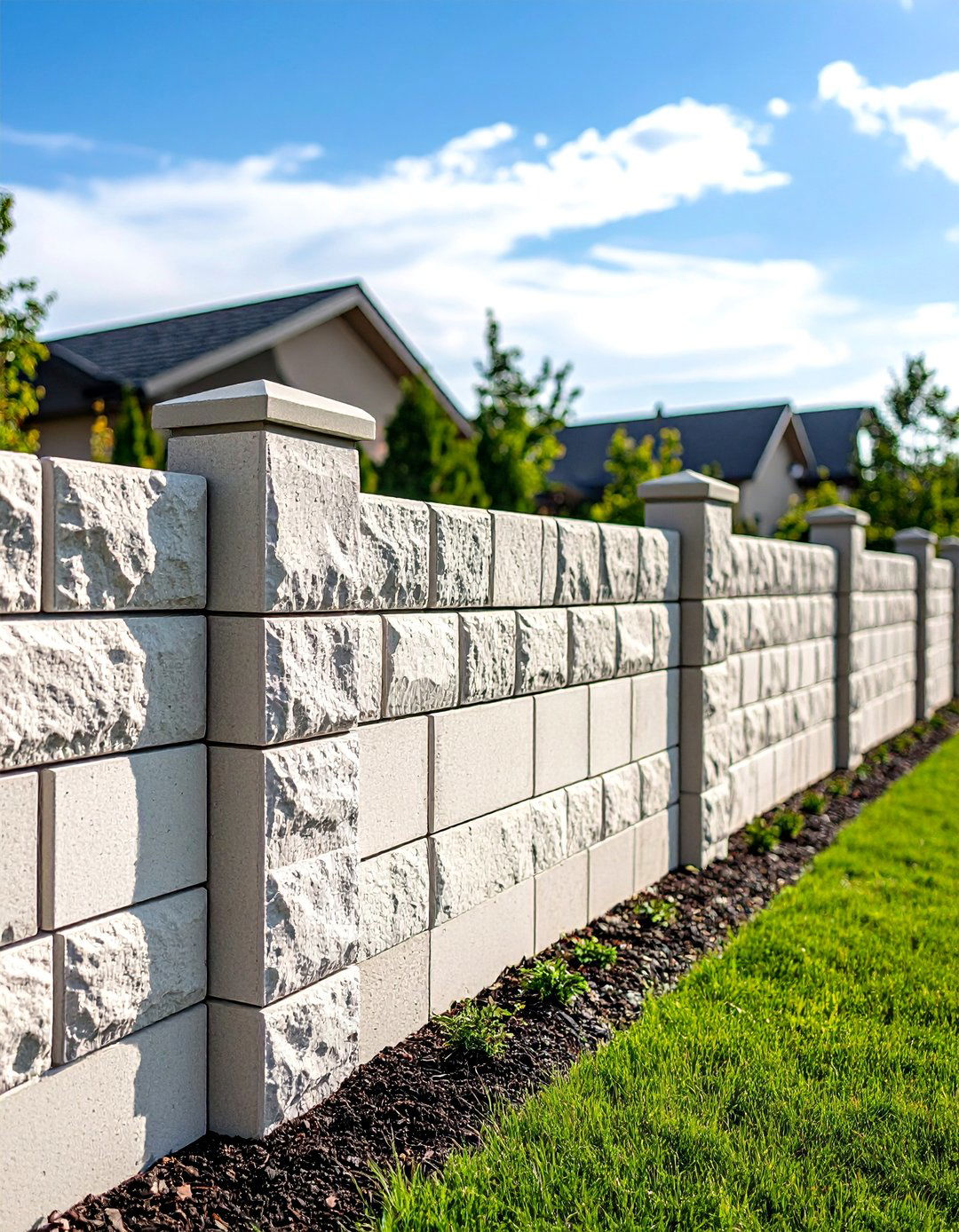
Dry-stacking and surface bonding techniques use conventional concrete masonry units without traditional mortar joints. This simplified construction method reduces installation complexity while maintaining structural performance through mechanical interlocking and surface bonding applications. The technique eliminates mortar joint maintenance concerns while enabling easier future modifications or repairs. Surface bonding compounds provide weather resistance and structural continuity across stacked block interfaces. Installation proceeds more rapidly than traditional mortared construction while achieving comparable strength characteristics. The clean joint lines create contemporary appearances that complement modern architectural styles. These fences offer cost-effective solutions for property owners seeking concrete durability benefits without complex masonry construction requirements.
19. Concrete Block Fence with Decorative Coping Caps

Copings provide protection from water penetration while enhancing fence appearance using materials such as concrete brick, cast stone, brick, and natural stone. These protective caps extend beyond wall faces to create drip edges that direct water away from fence surfaces. Copings should project at least half an inch beyond wall faces on both sides to provide effective drip edges. The capping system prevents water infiltration that could cause freeze-thaw damage in cold climates. Decorative coping options include precast concrete elements, natural stone, or custom-cast designs that complement fence aesthetics. Installation requires proper slope design for water drainage and secure attachment methods. The finished appearance creates professional, polished fence tops that enhance overall design sophistication while providing essential weather protection.
20. Contemporary Minimalist Concrete Block Fence
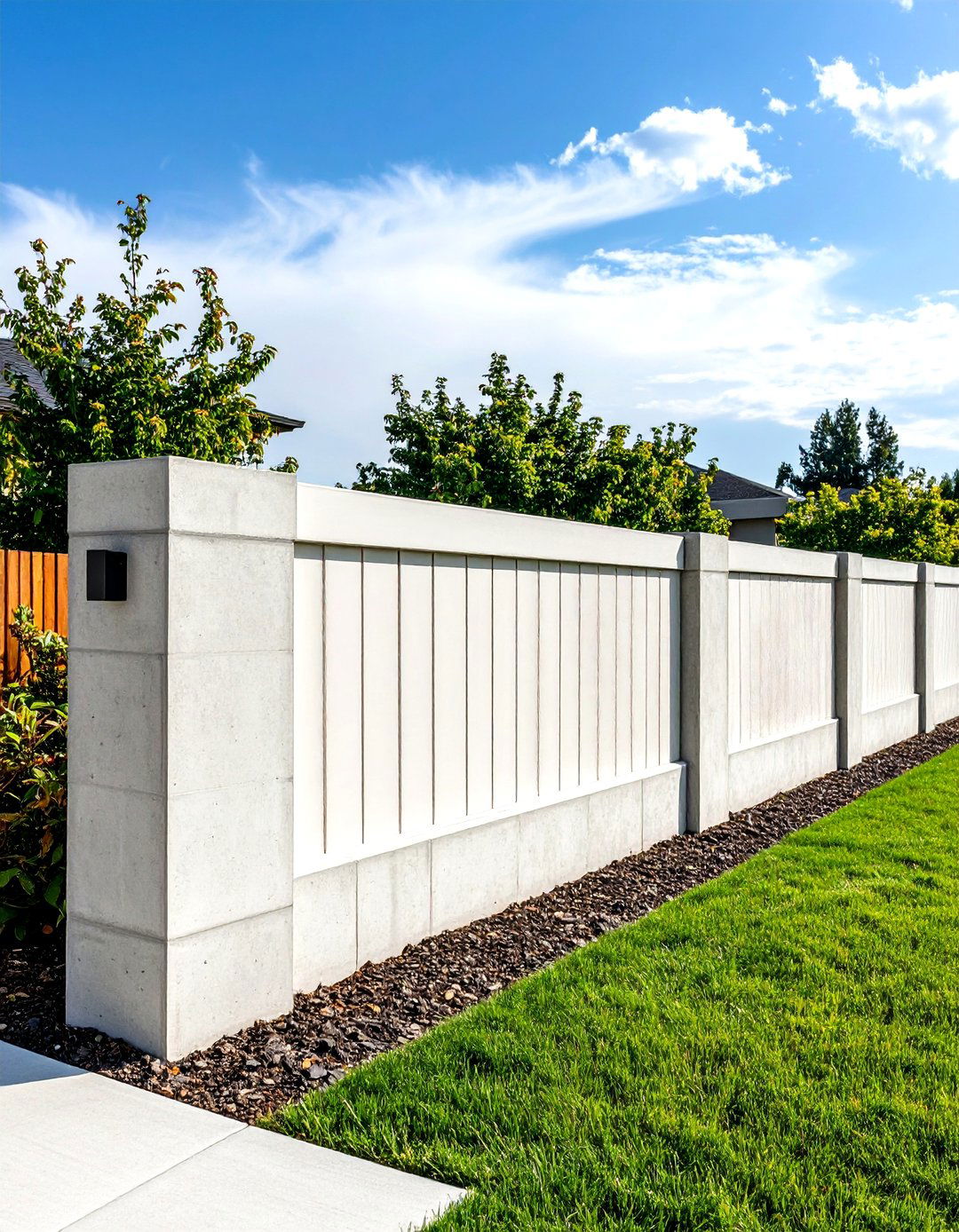
Single-tone concrete block fences exude understated elegance and modern minimalism, providing sleek barriers that blend with urban landscapes while leveraging concrete strength through refined design and subtle textures. These clean-lined designs emphasize form and function over decorative embellishments while creating sophisticated architectural statements. The monolithic appearance requires careful attention to construction quality since any imperfections become readily apparent. Installation focuses on precise alignment, consistent joint spacing, and smooth surface finishes. This approach offers versatile and maintenance-friendly solutions that center on contemporary work of art aesthetics. Color selection typically involves neutral tones that complement surrounding architecture while maintaining timeless appeal. These fences represent concrete material honesty through celebration of inherent structural and aesthetic qualities.
Conclusion:
Concrete block fences deliver unmatched versatility through diverse design options ranging from traditional solid barriers to contemporary decorative screens. These durable solutions provide excellent privacy, security, and noise reduction while adapting to various architectural styles and functional requirements. Whether selecting painted decorative blocks, curved designs, or integrated planter systems, concrete fencing offers long-term value through minimal maintenance needs and exceptional weather resistance. The extensive design possibilities enable property owners to create unique boundary solutions that enhance curb appeal while delivering practical benefits for decades of reliable performance.



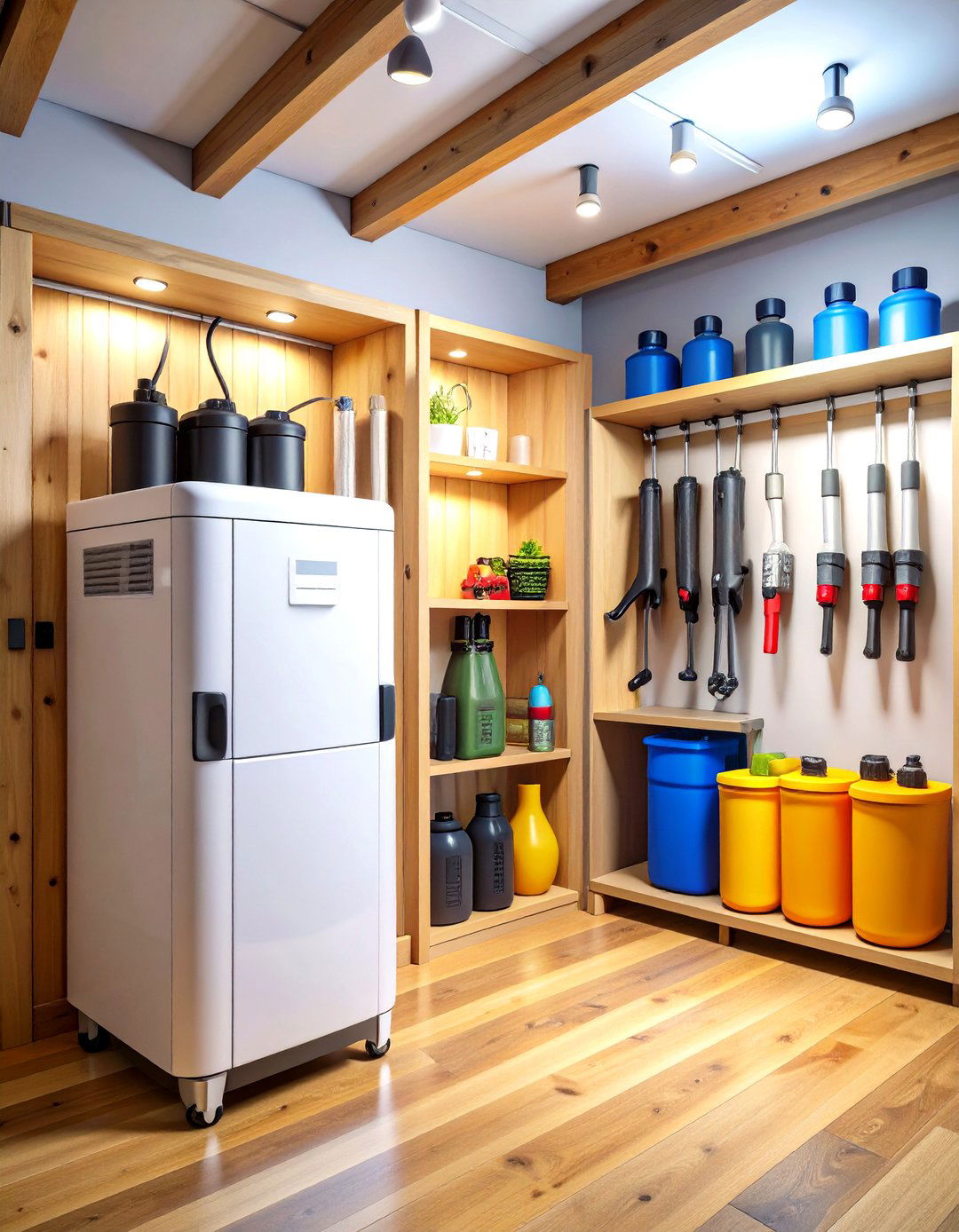
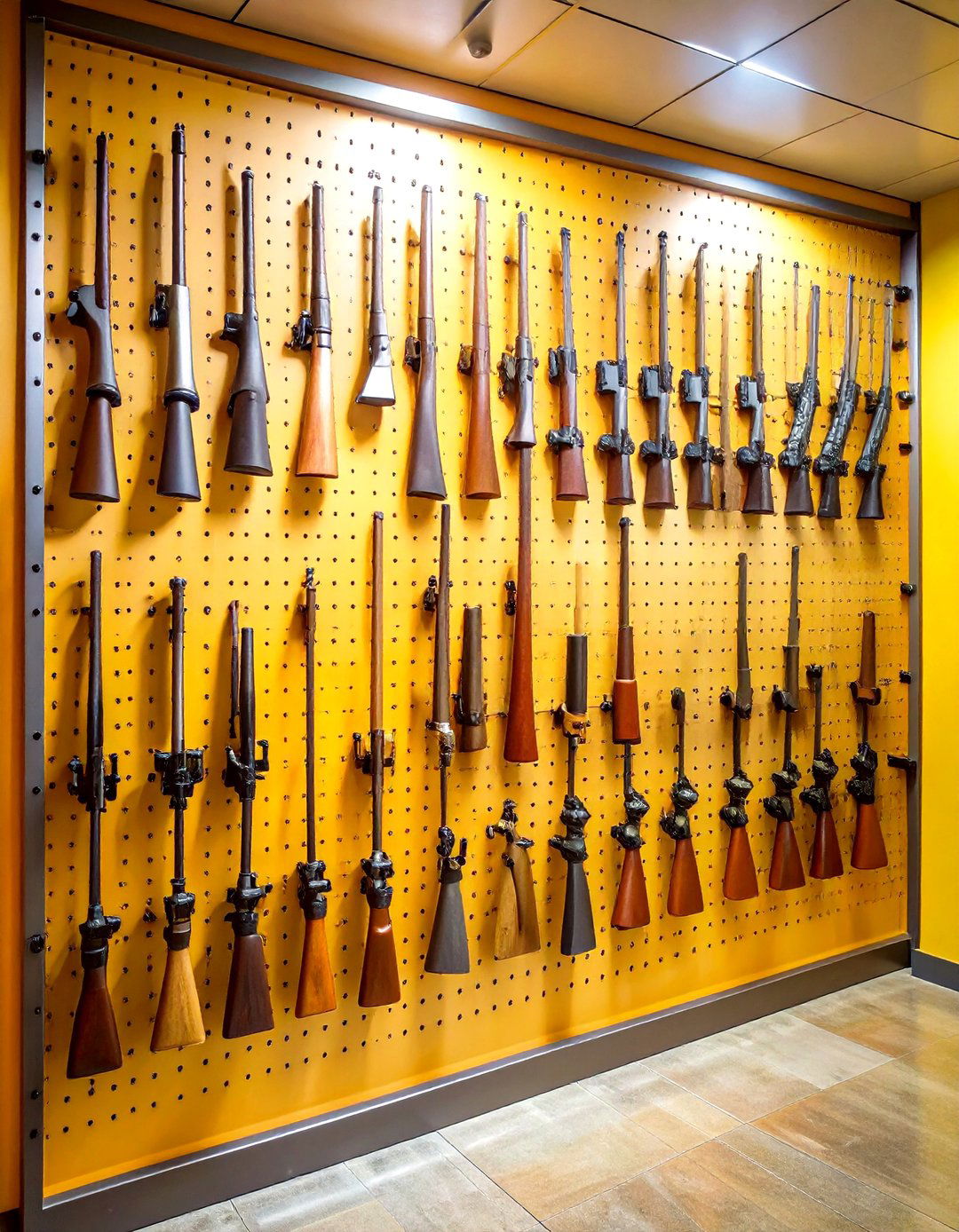
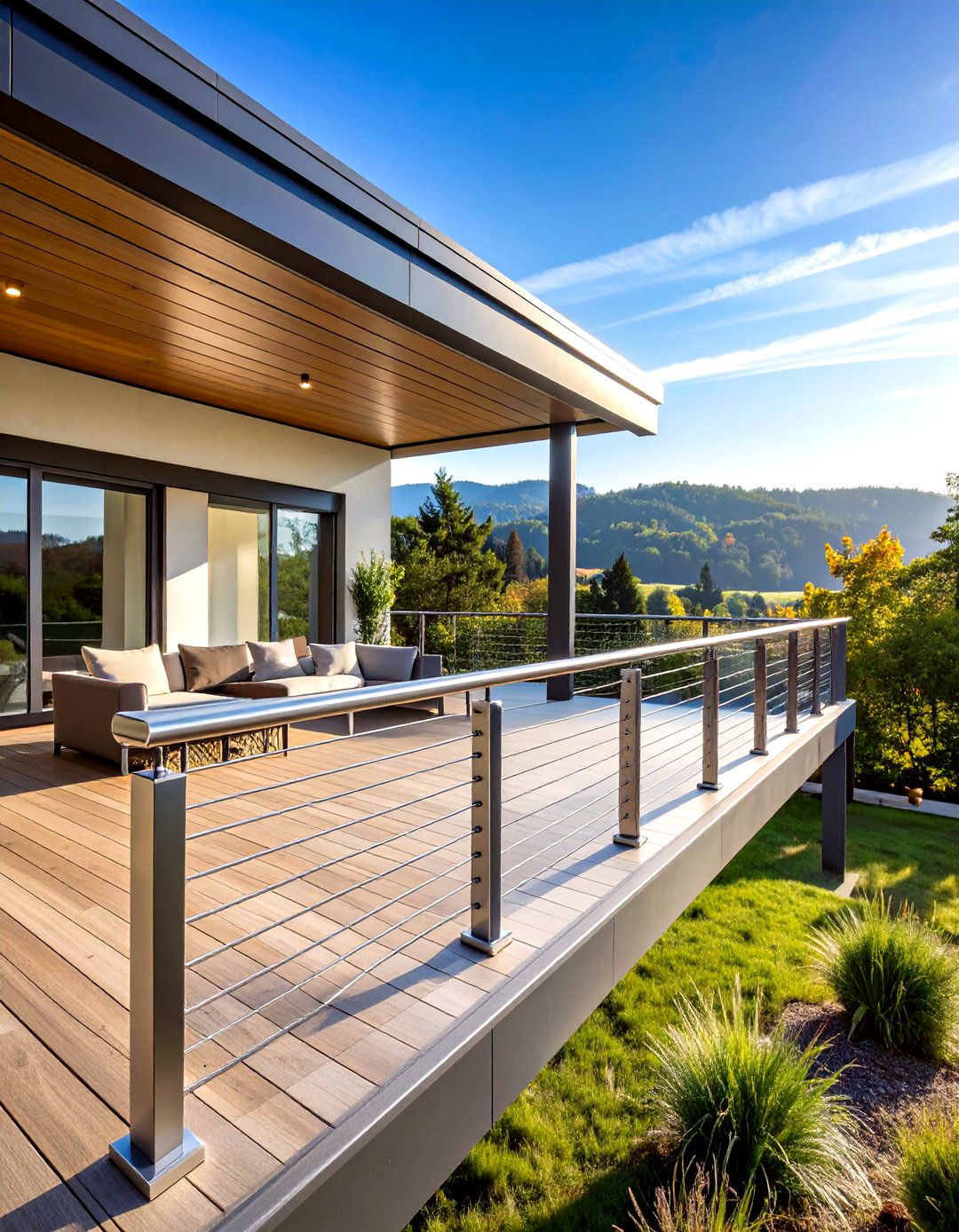
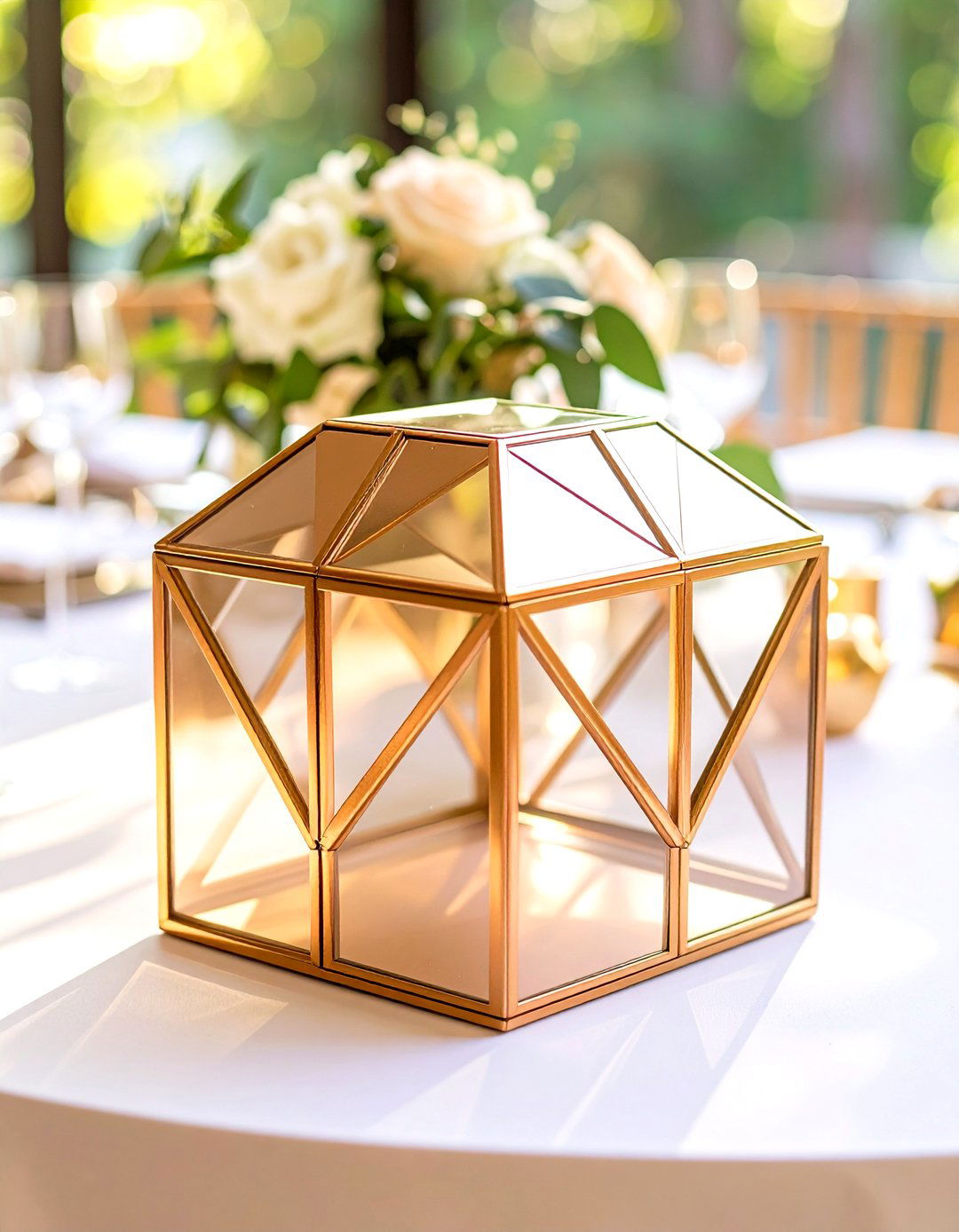
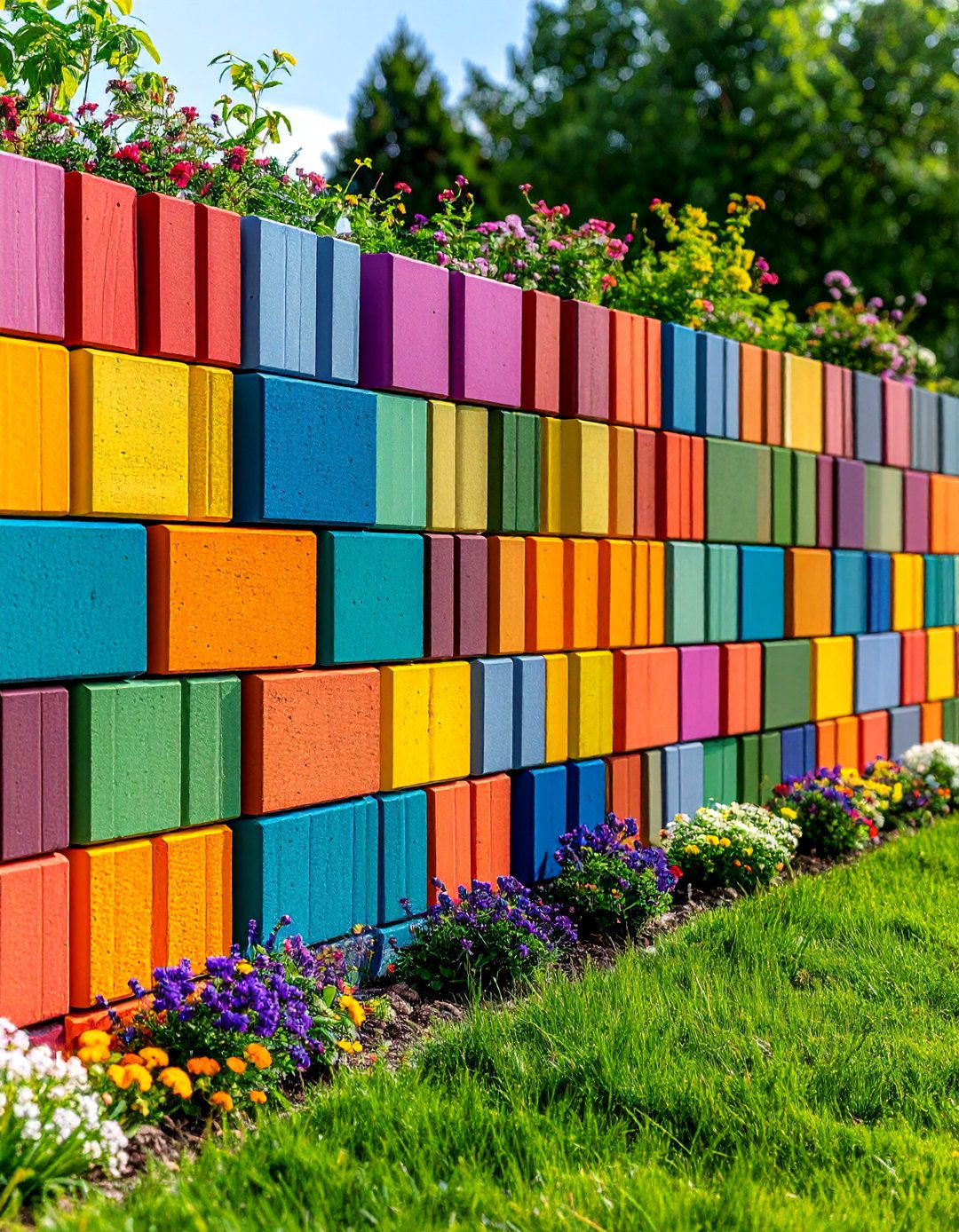
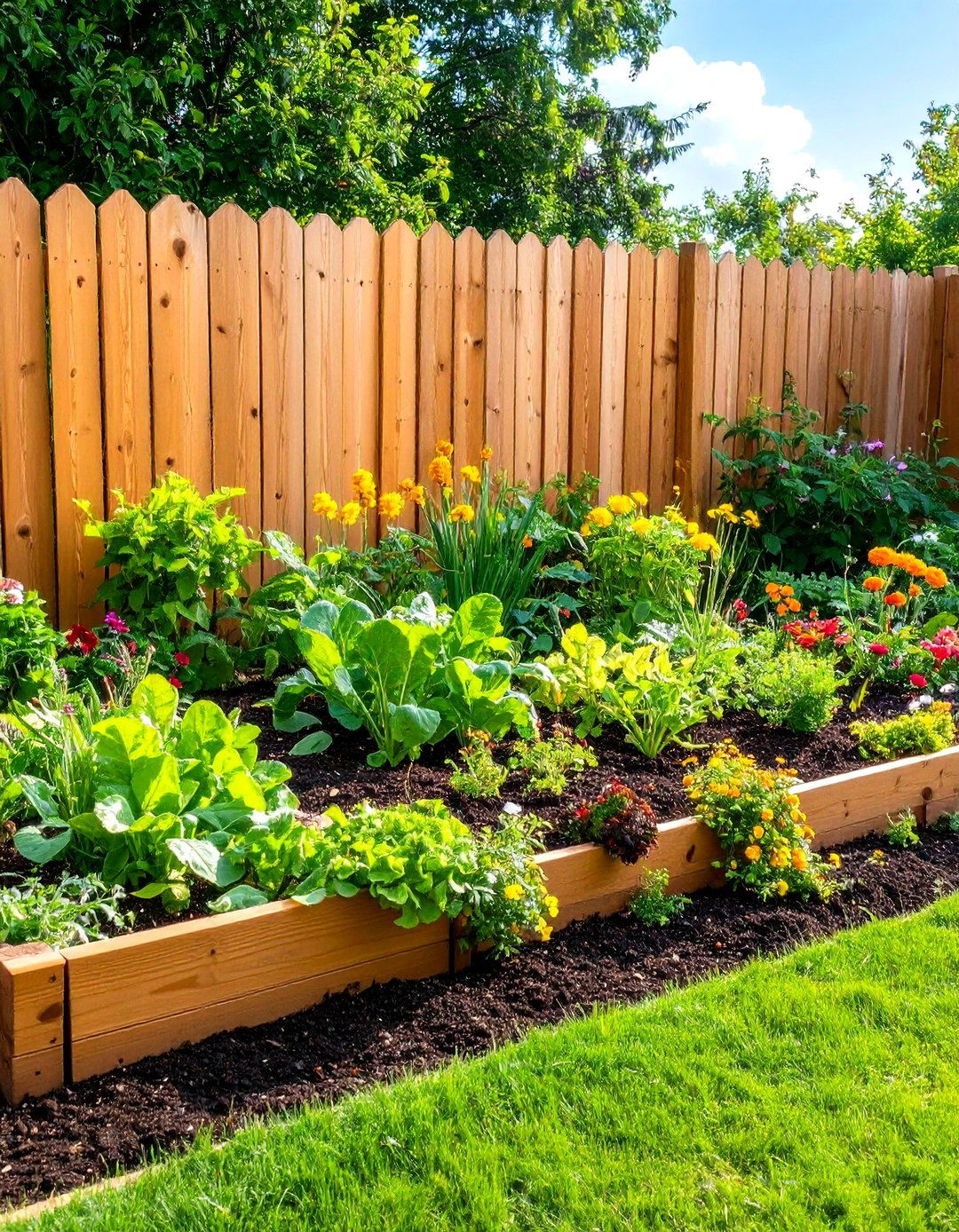
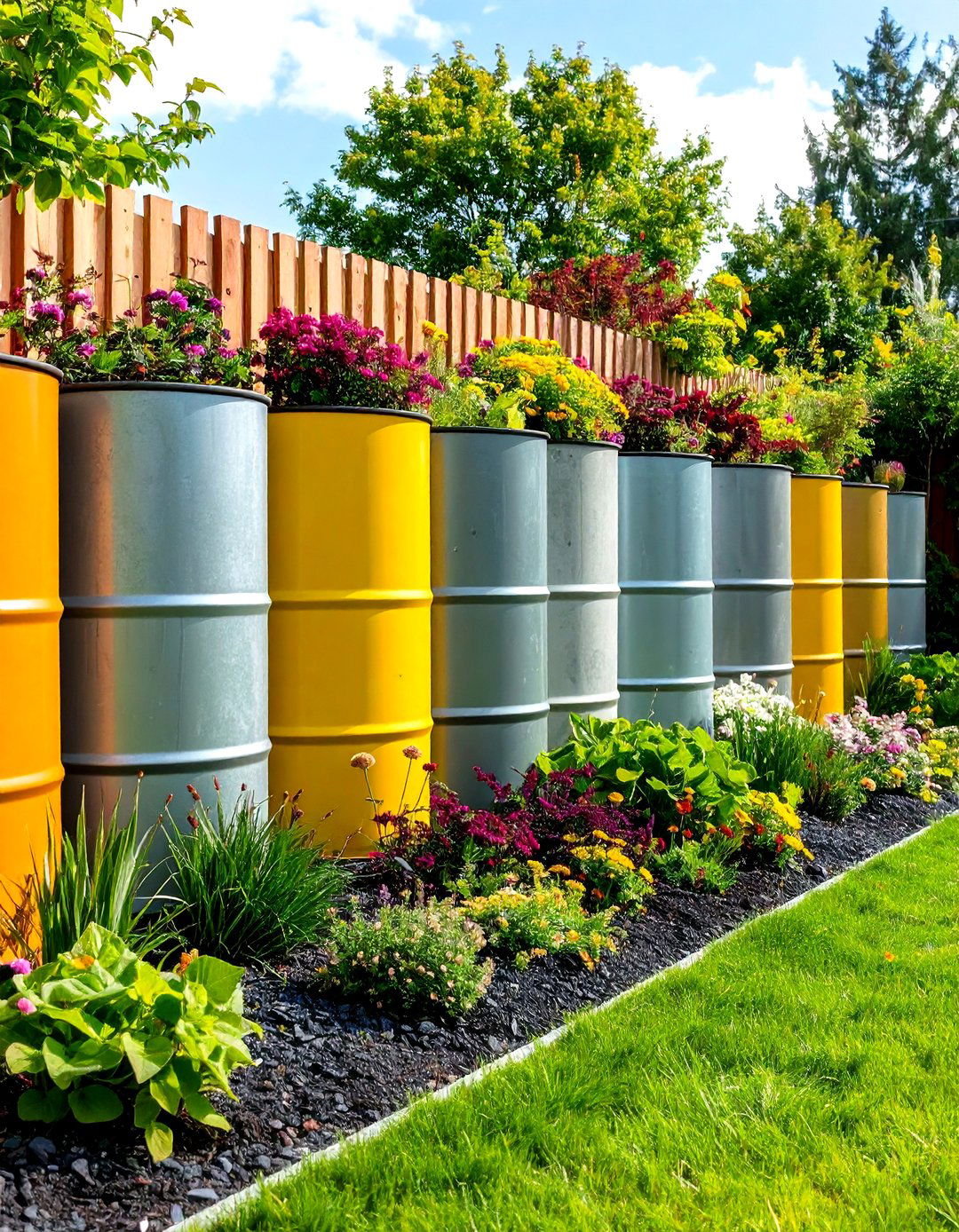
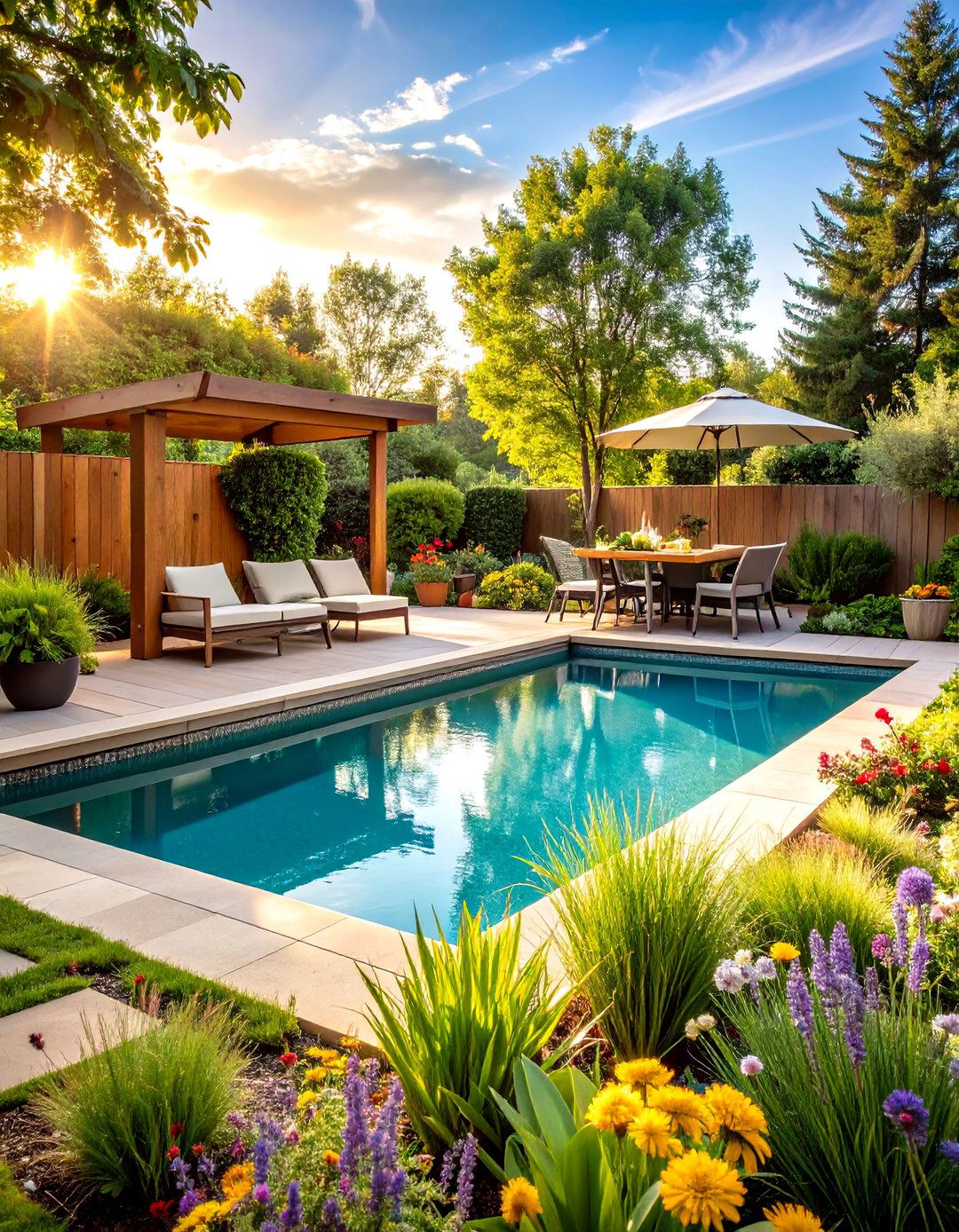

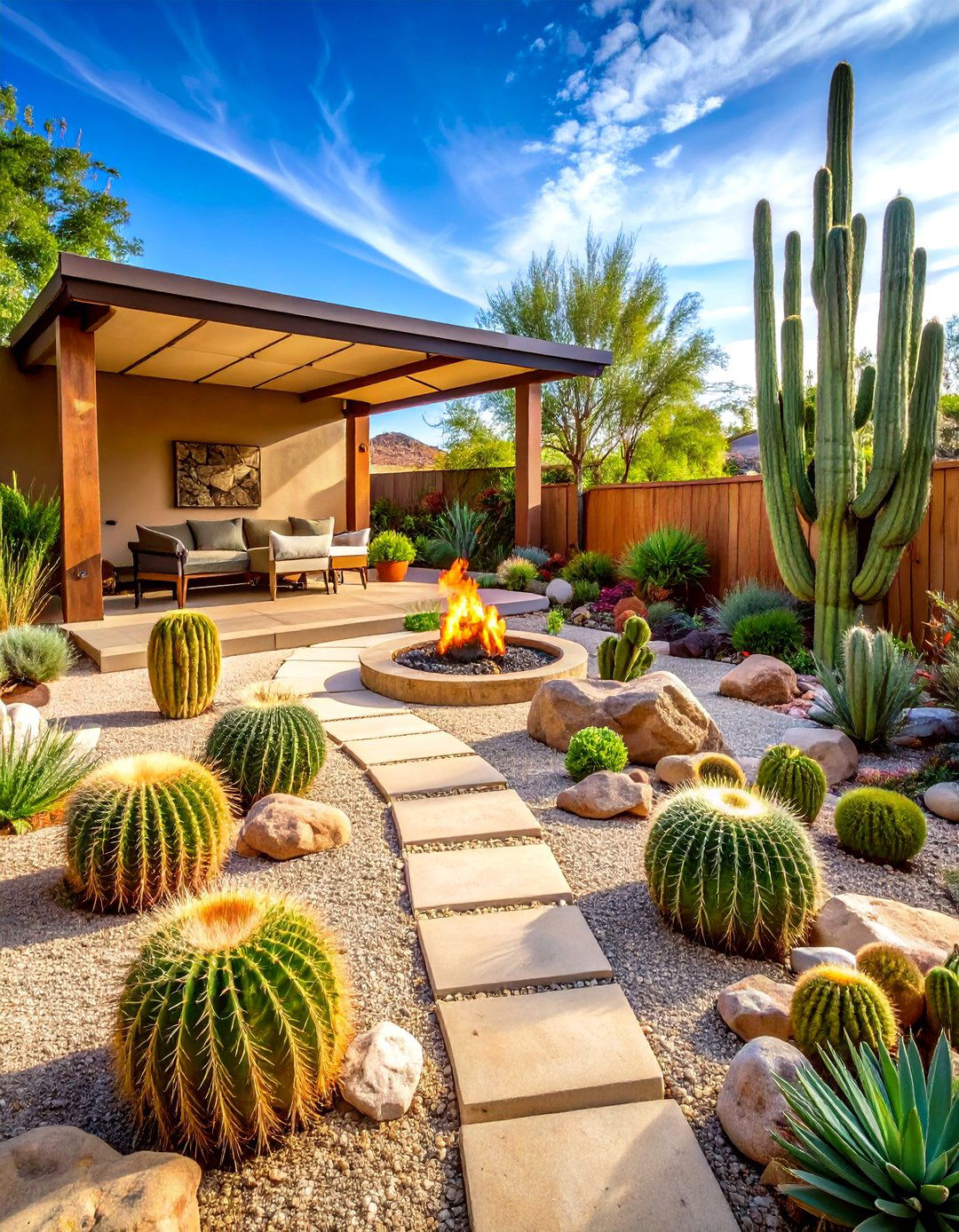
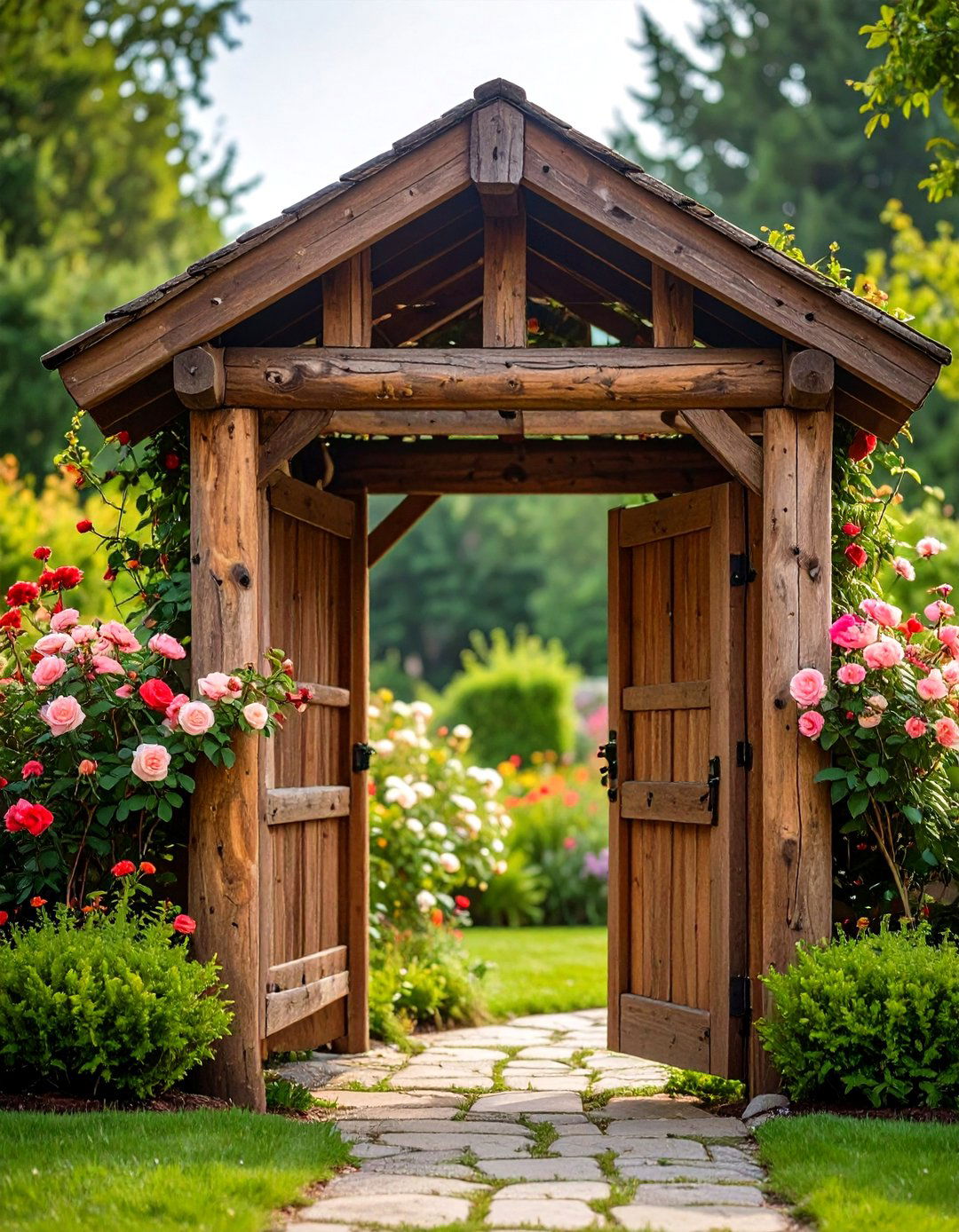

Leave a Reply